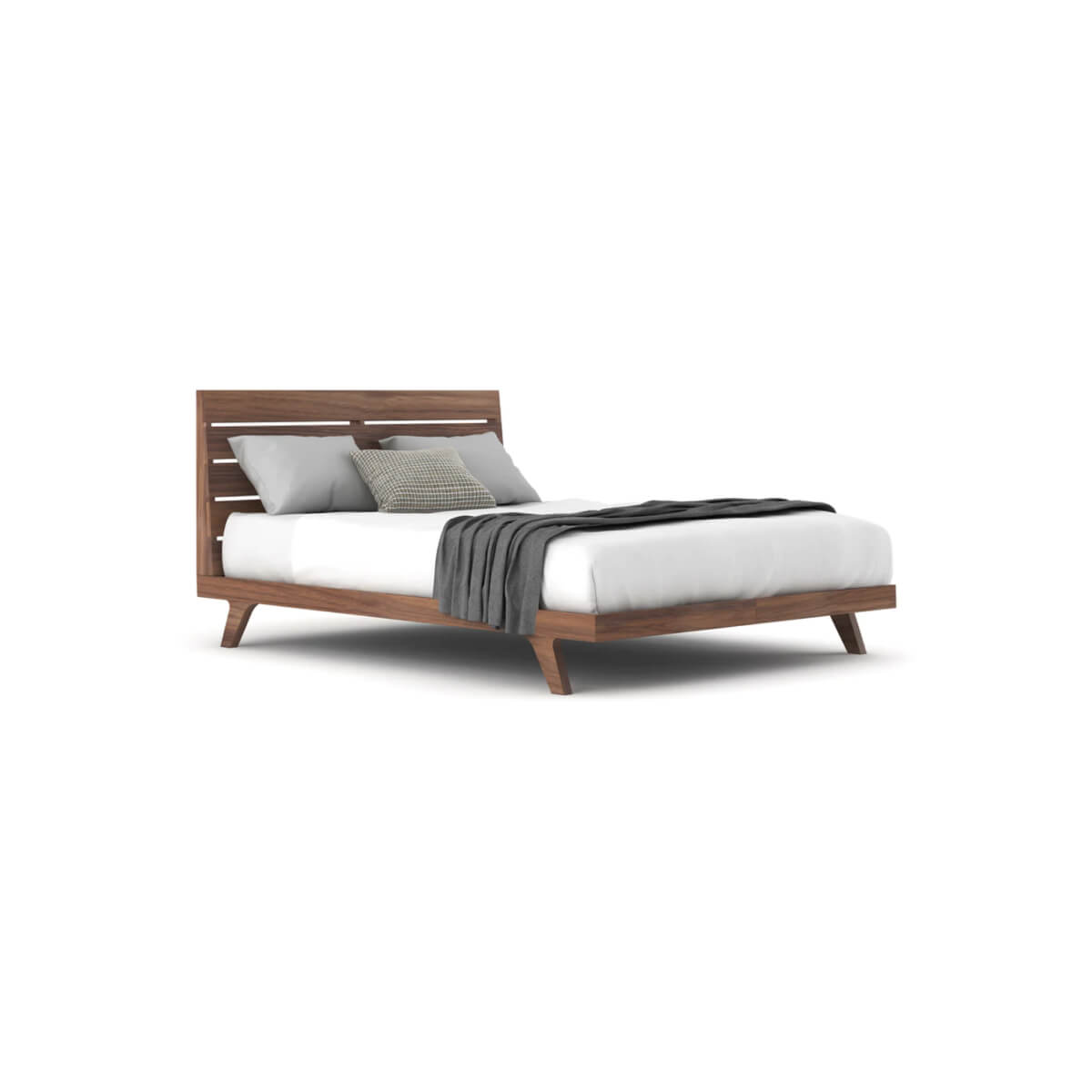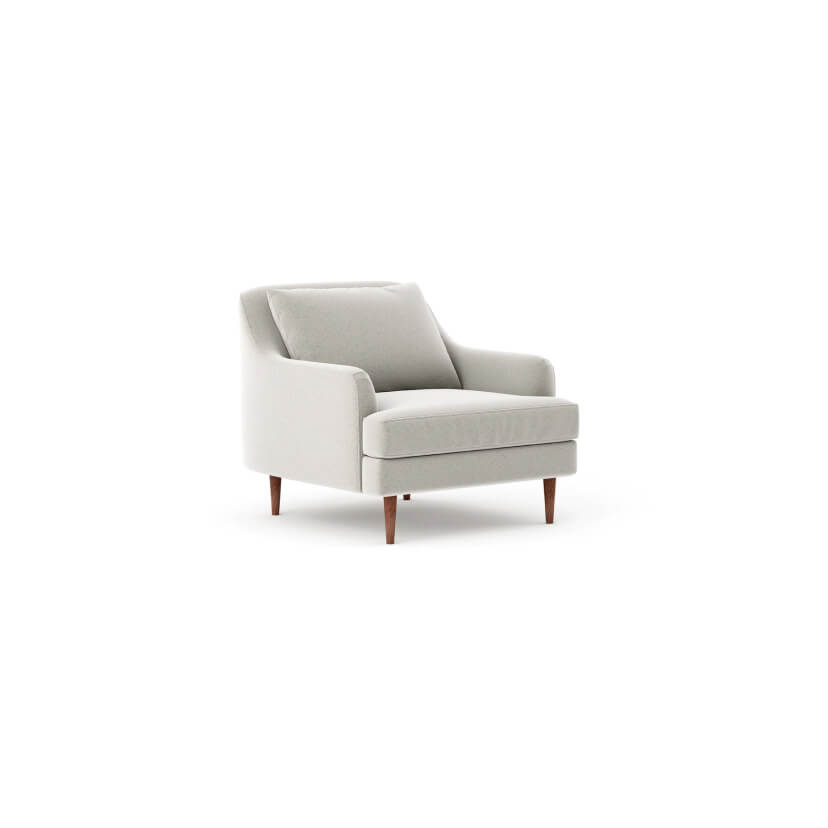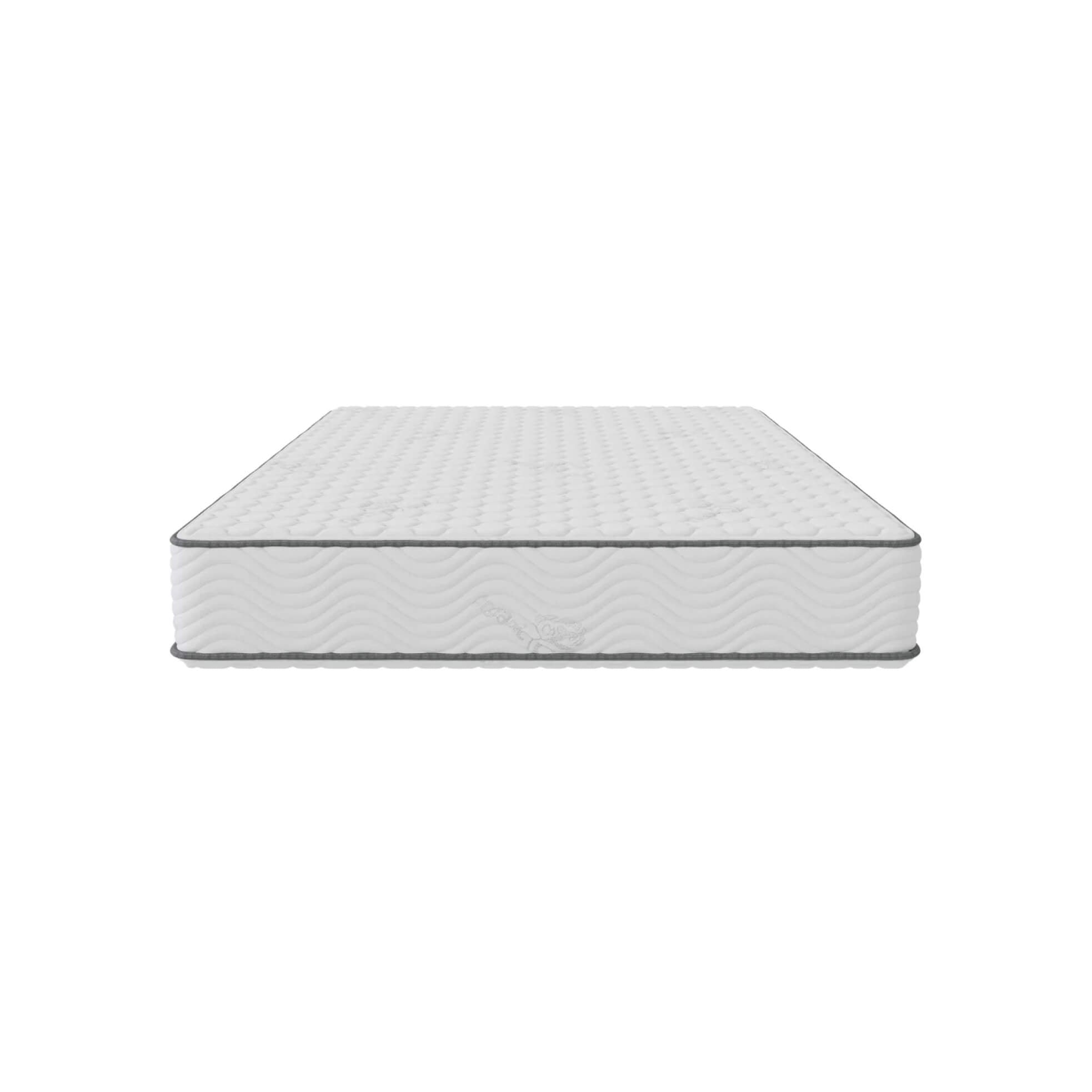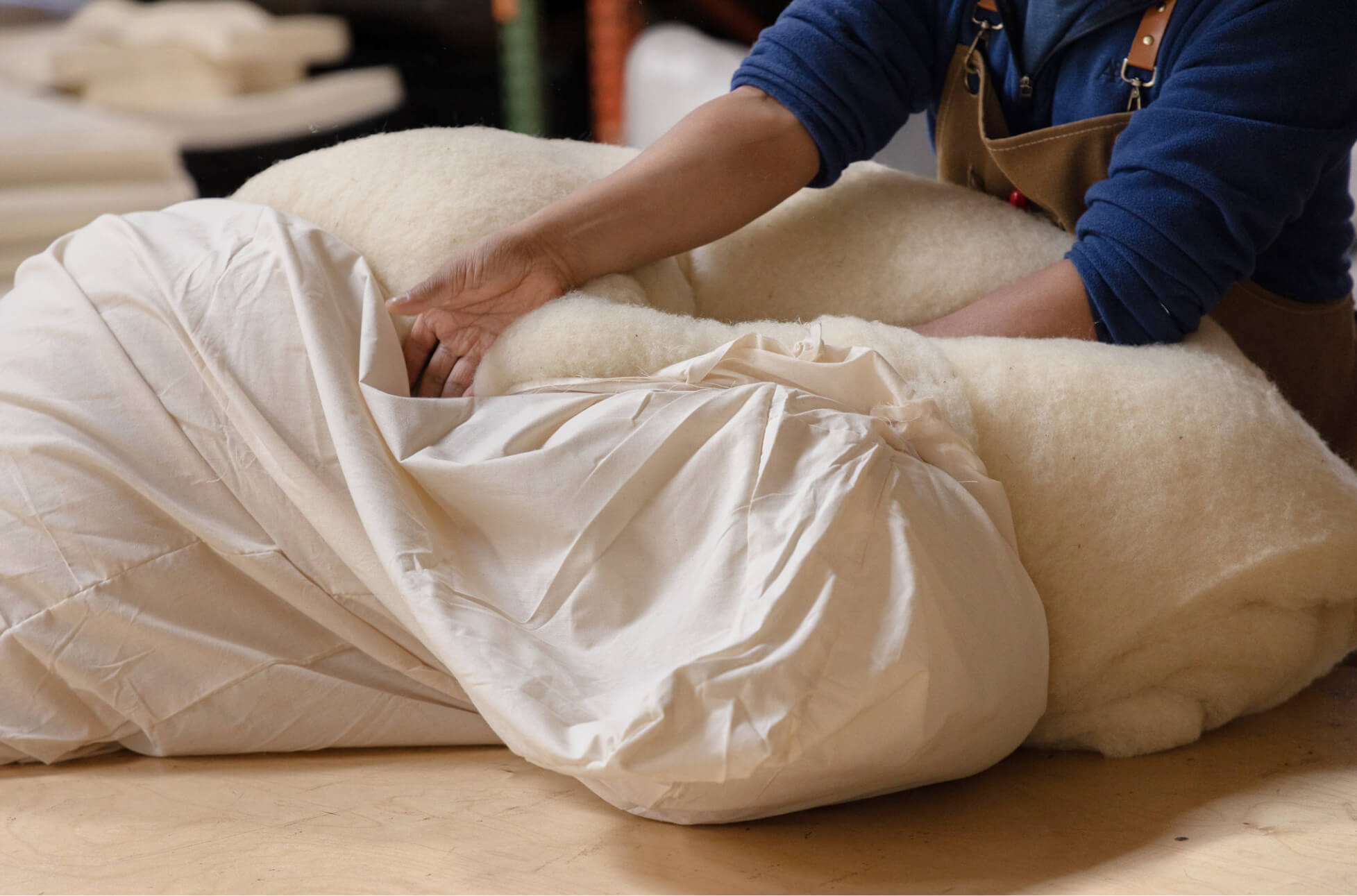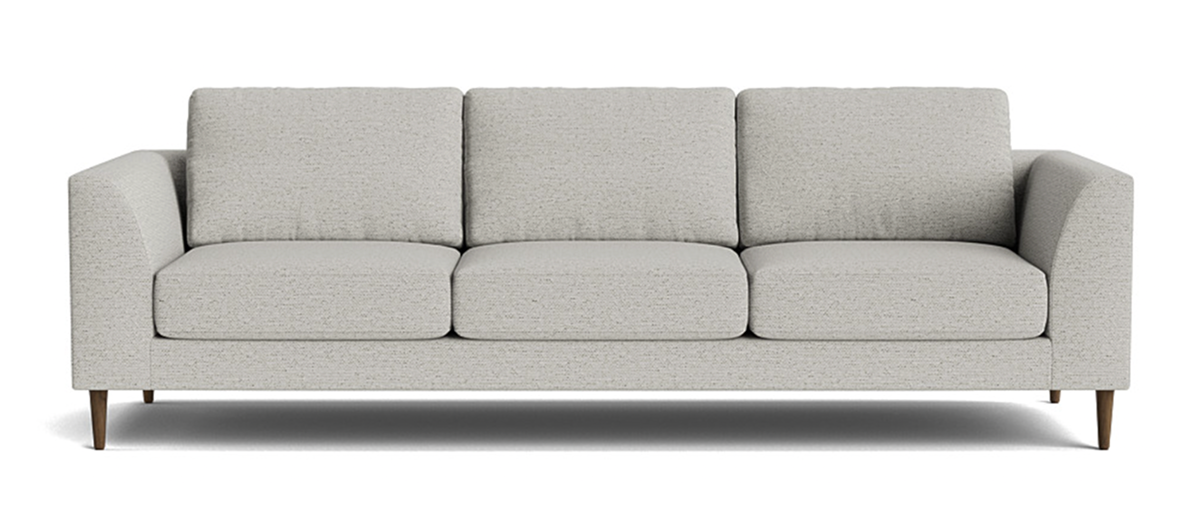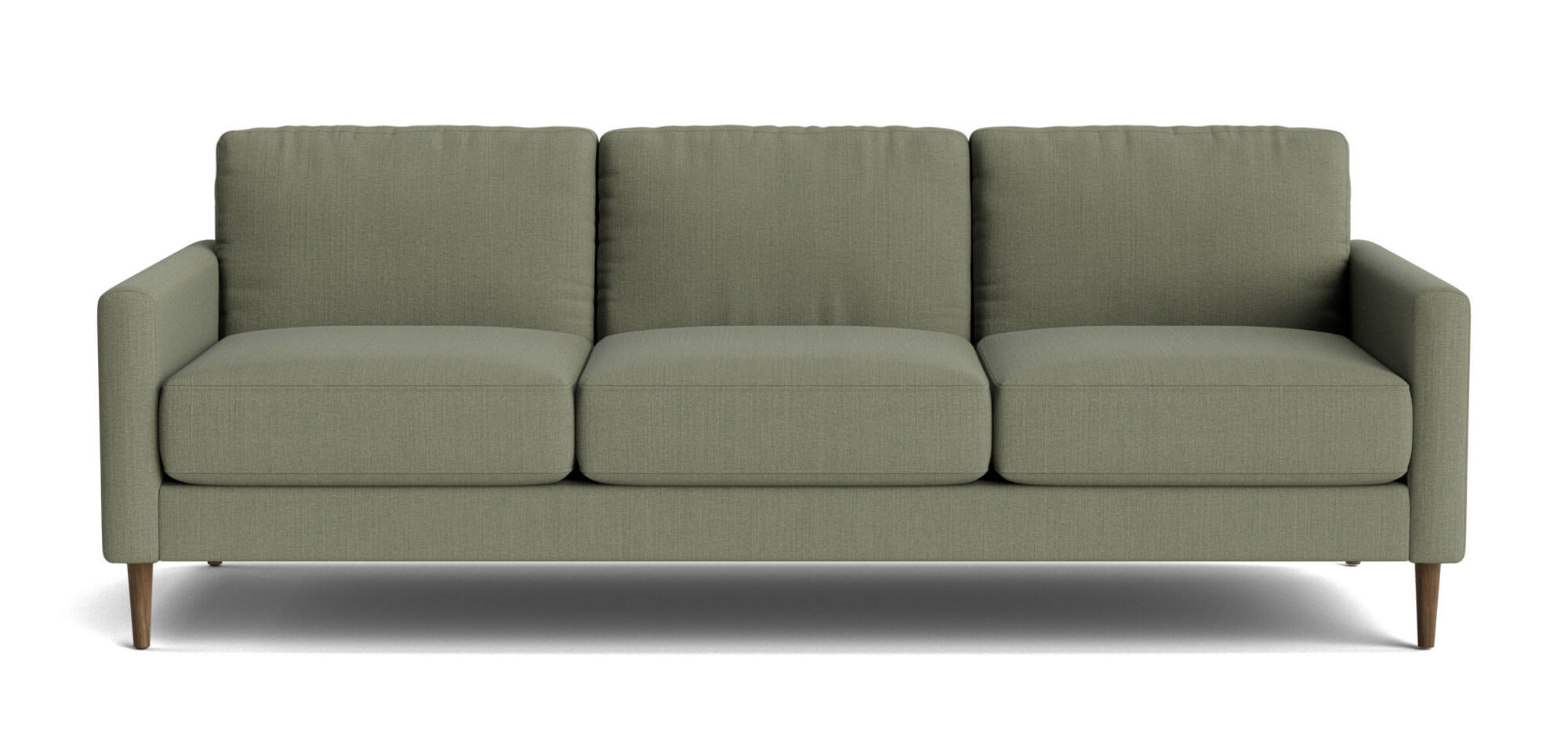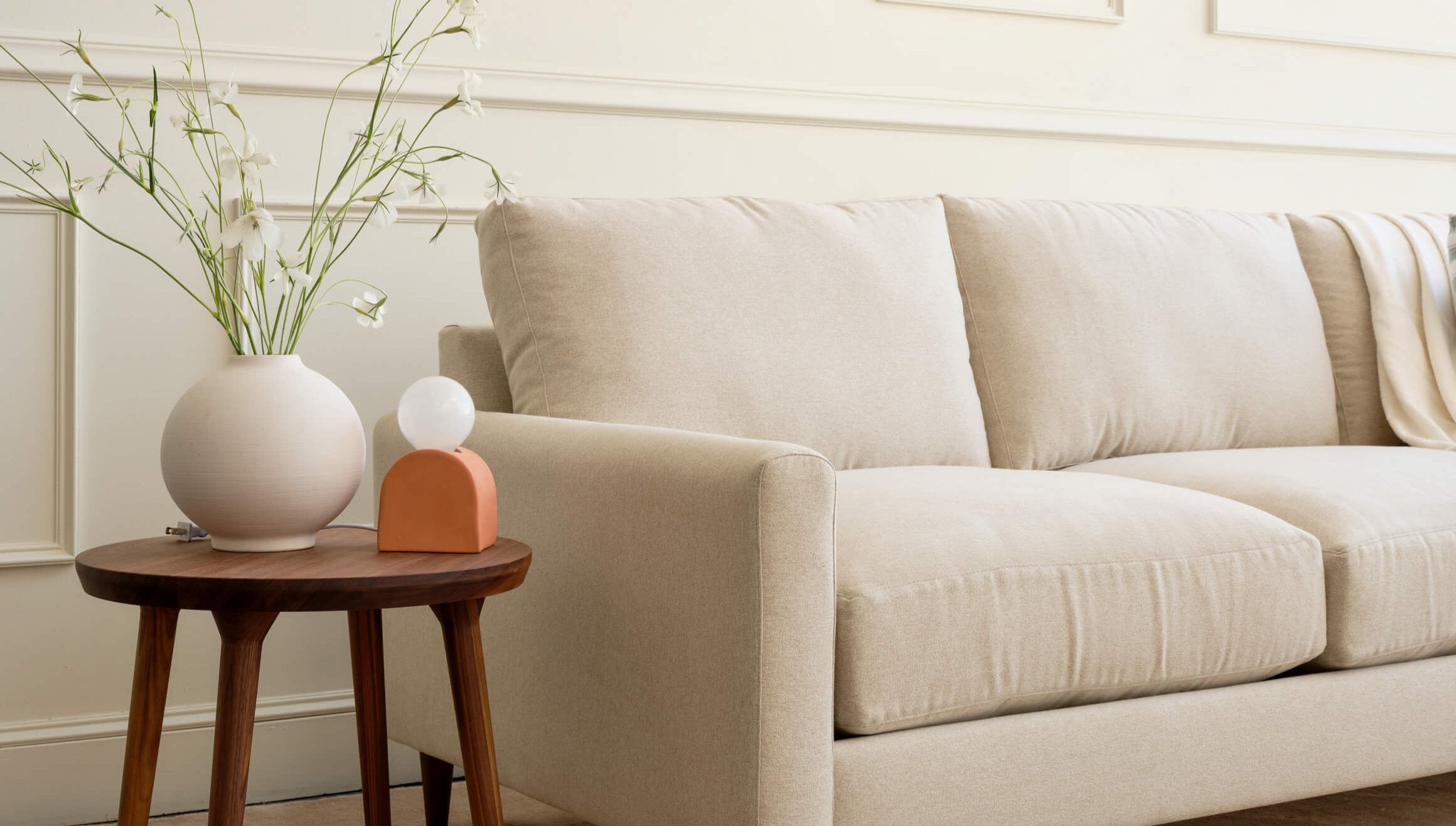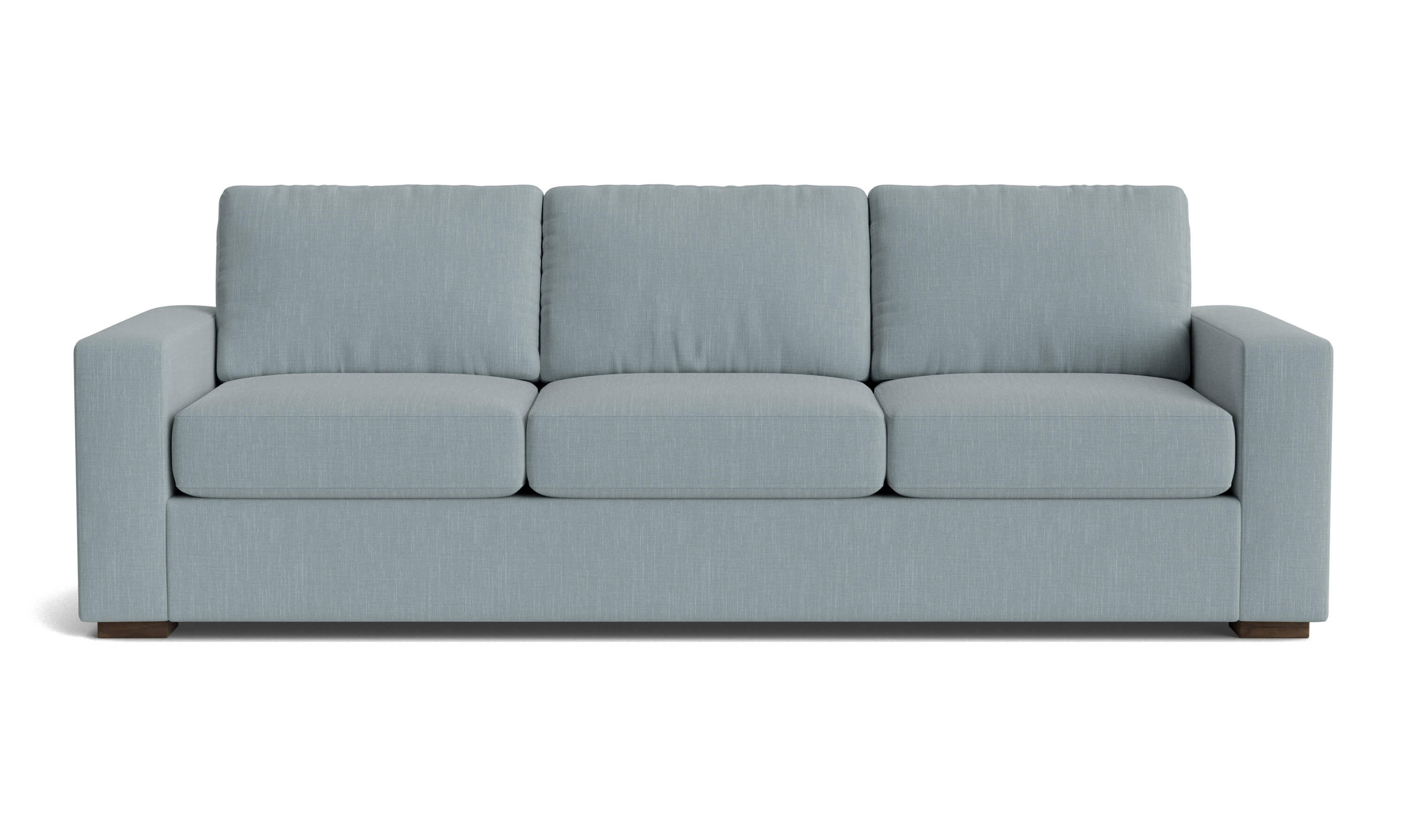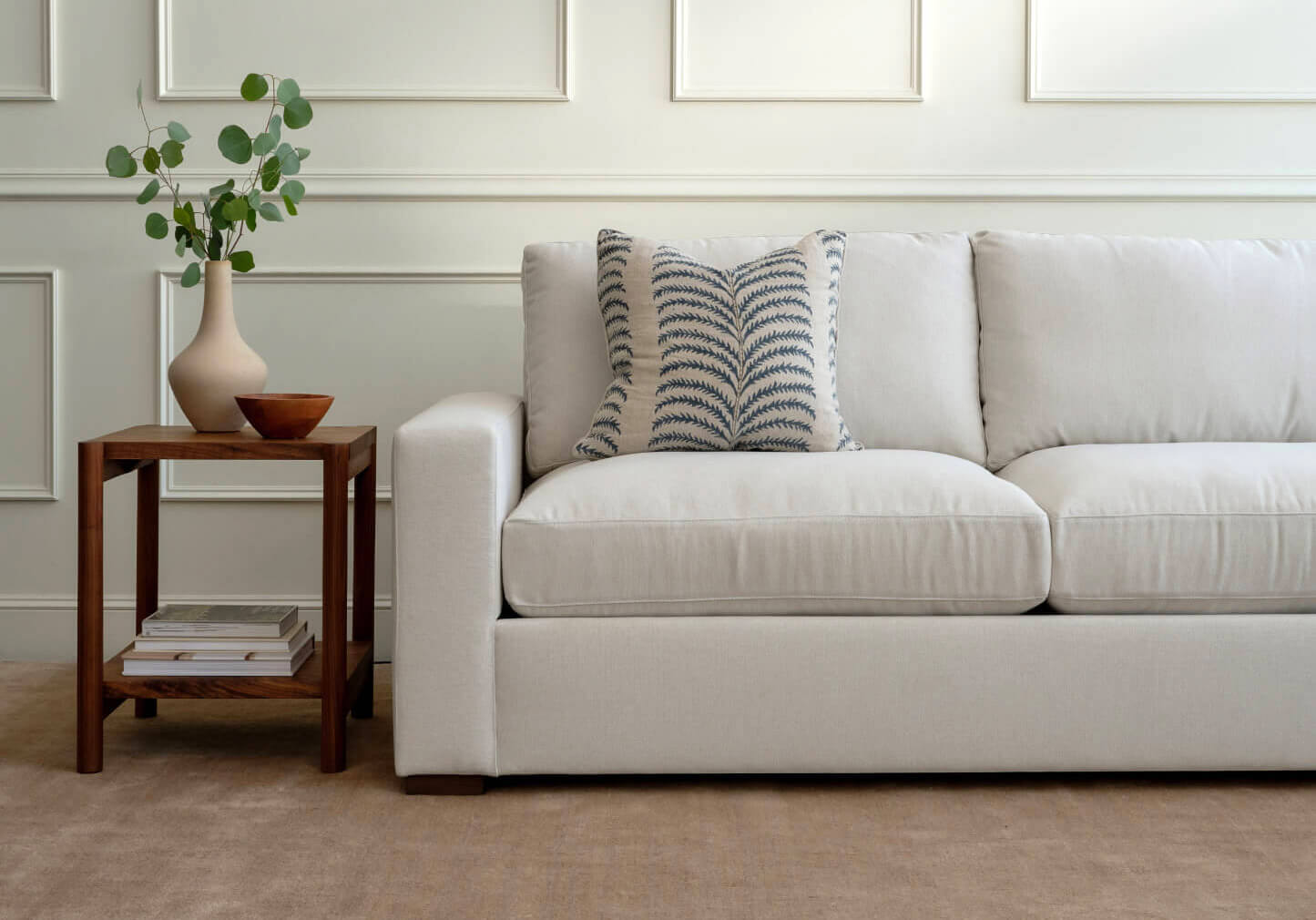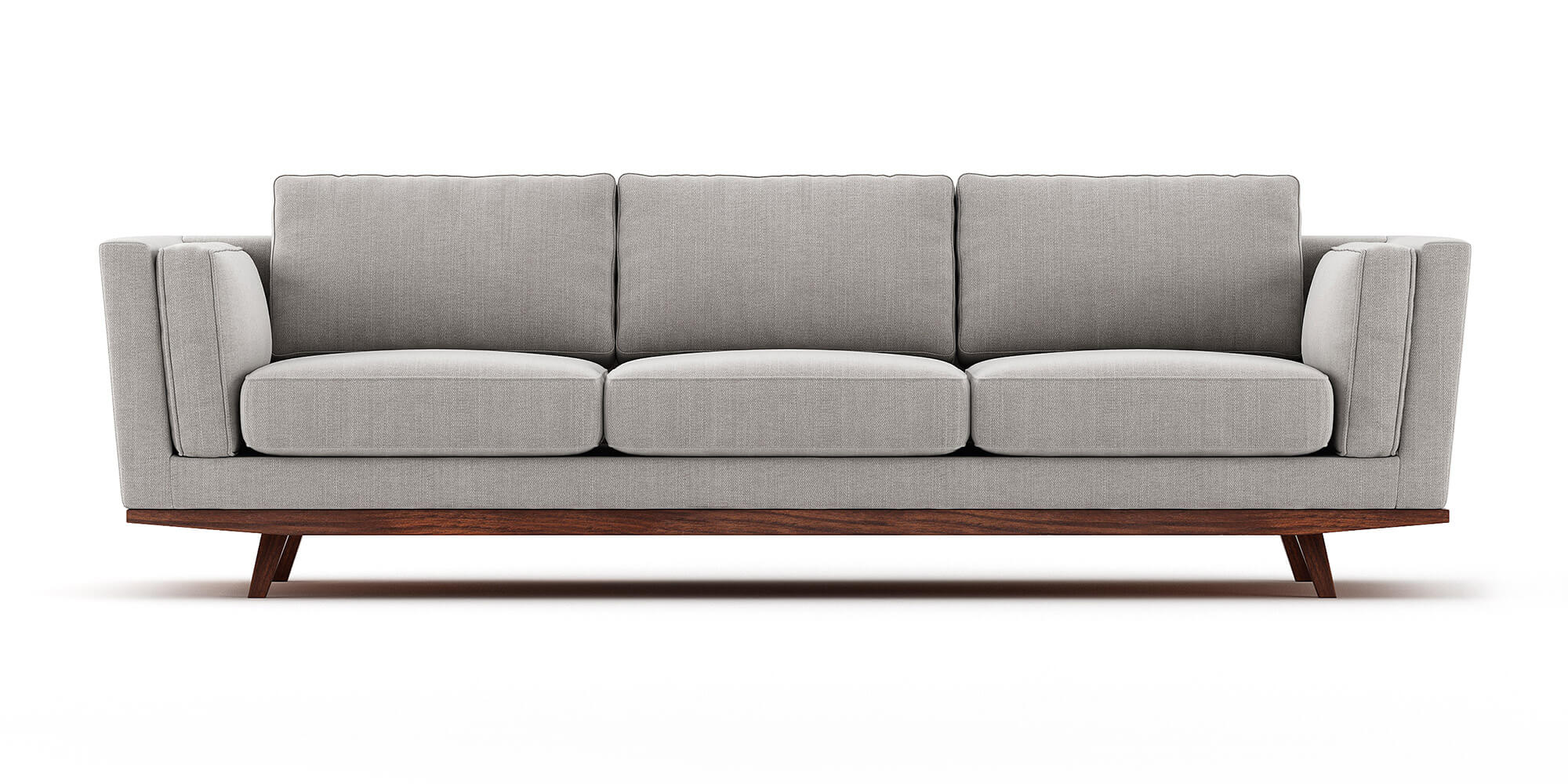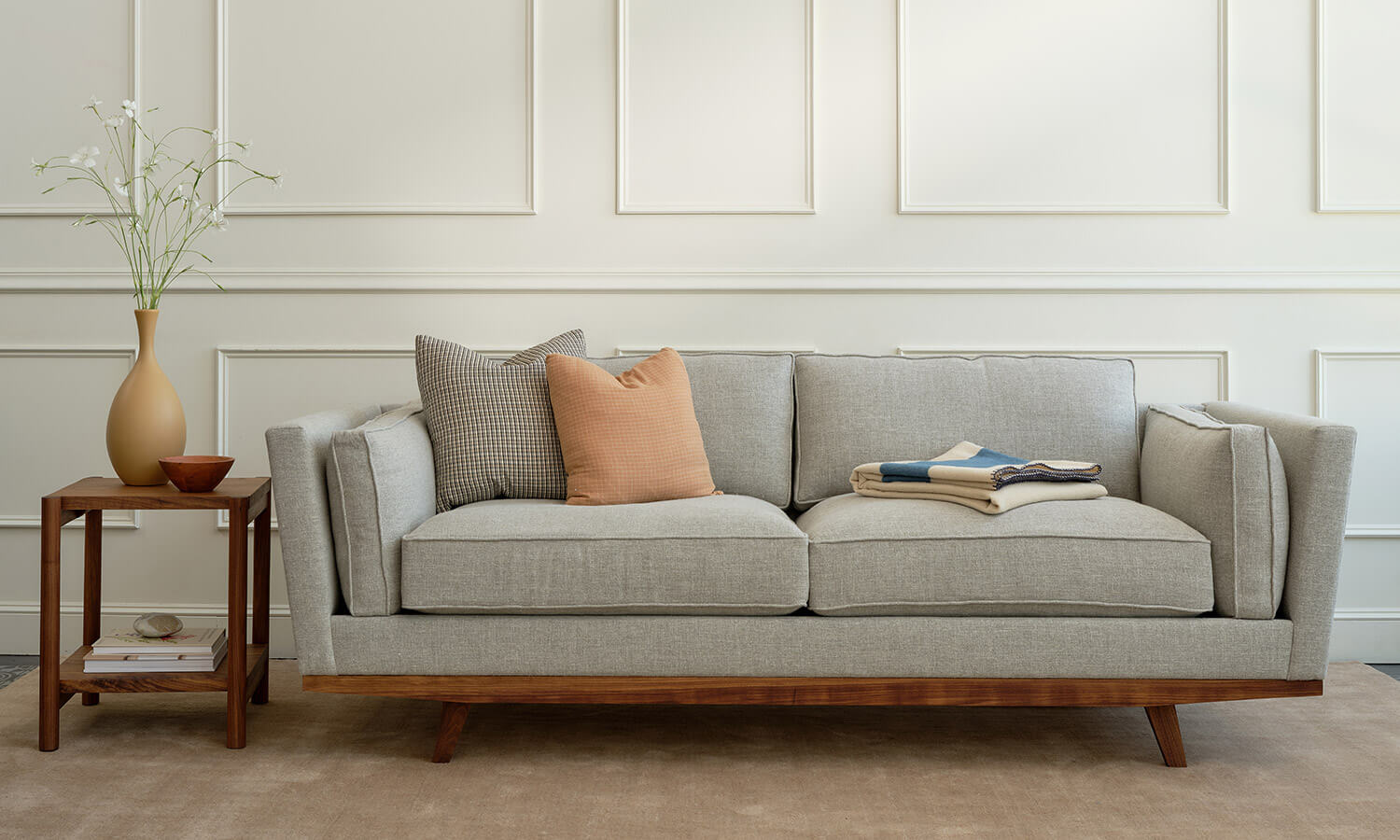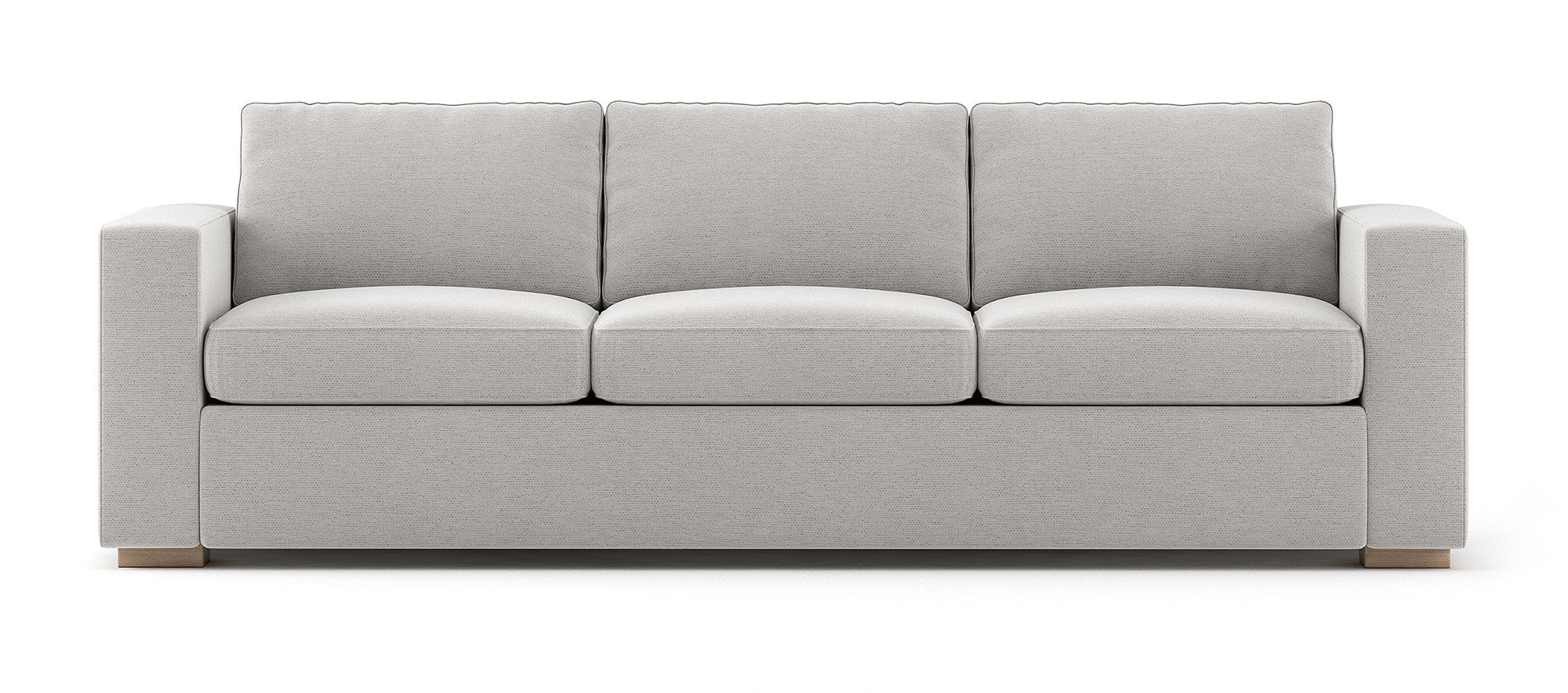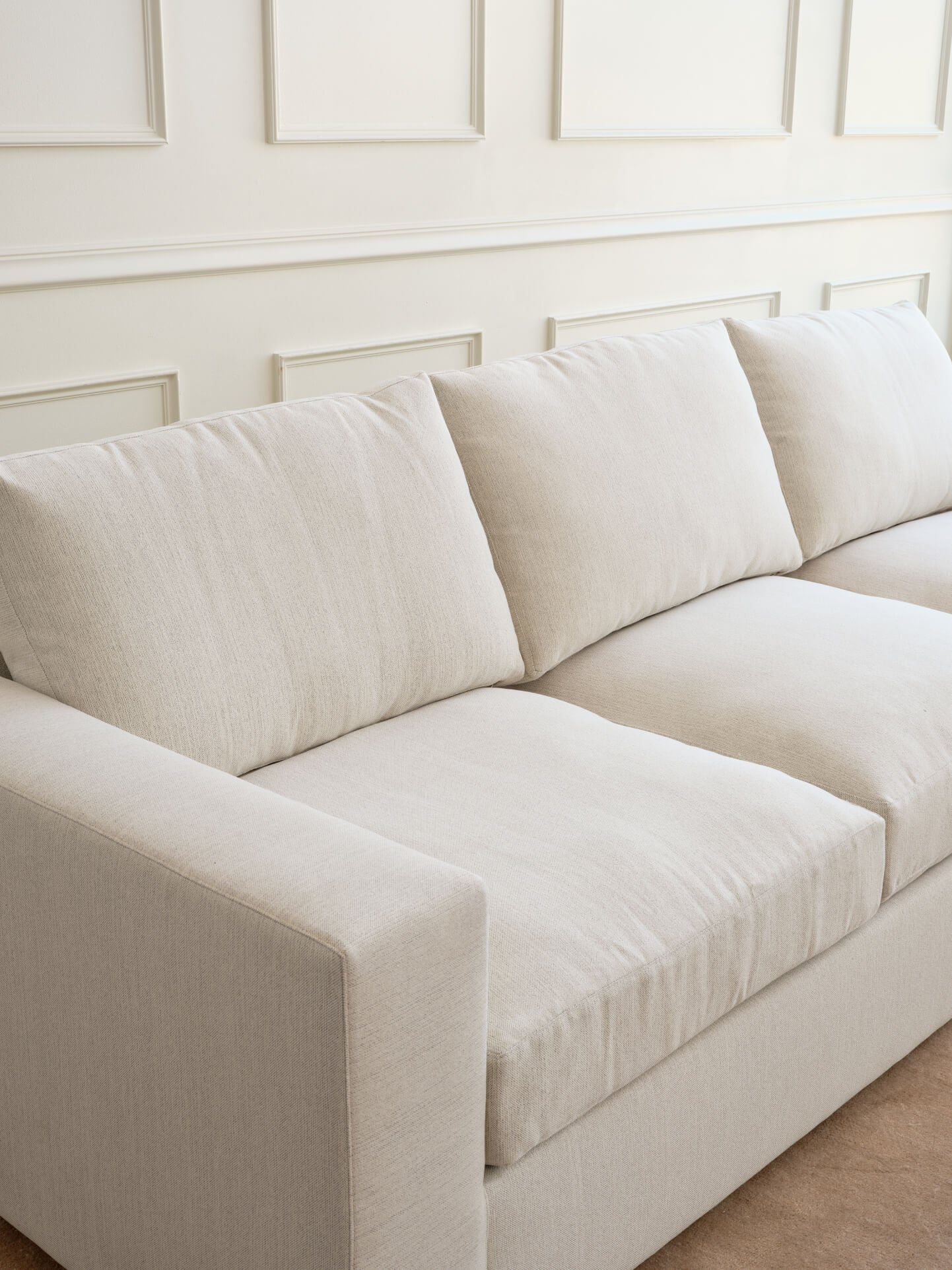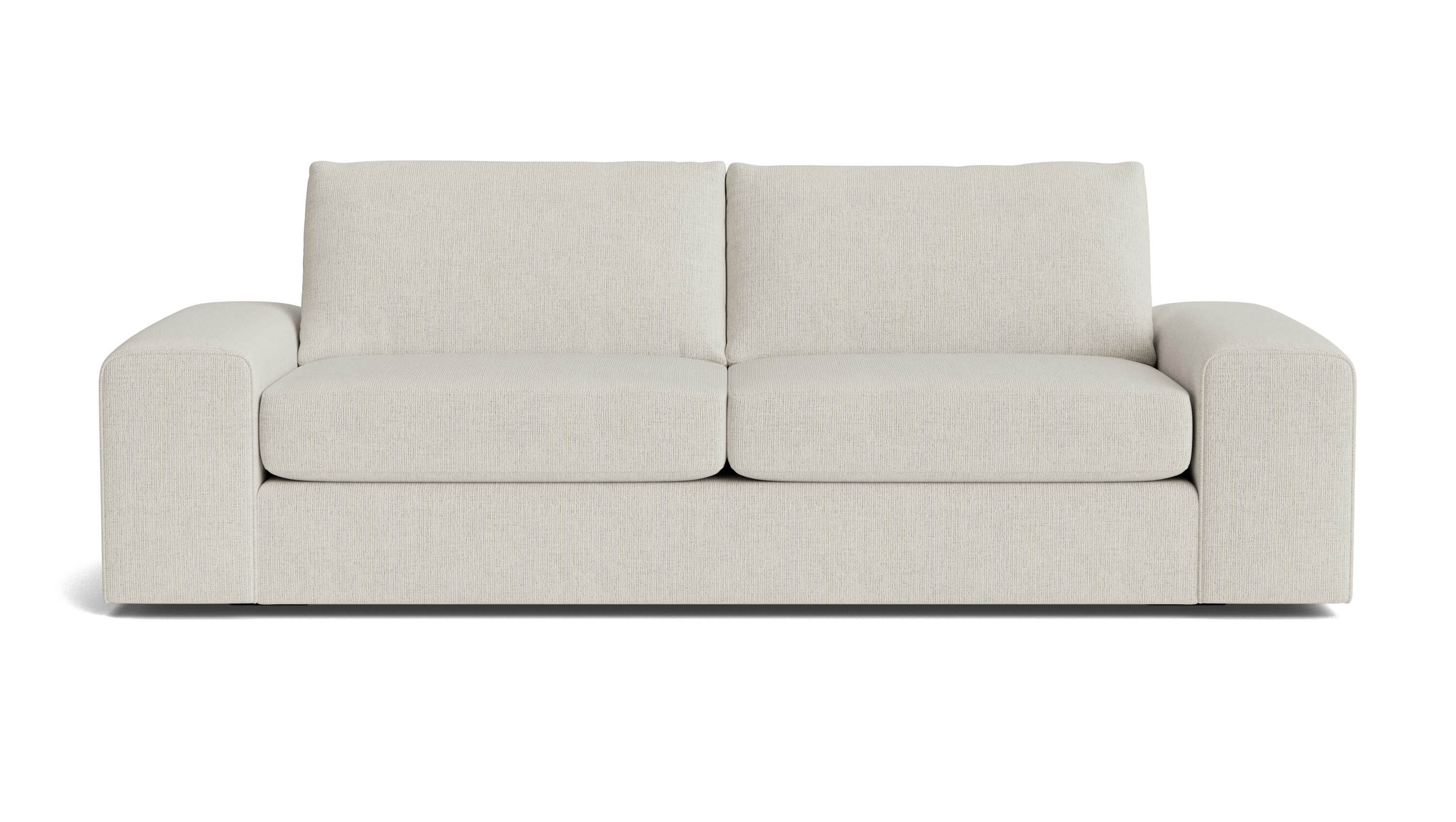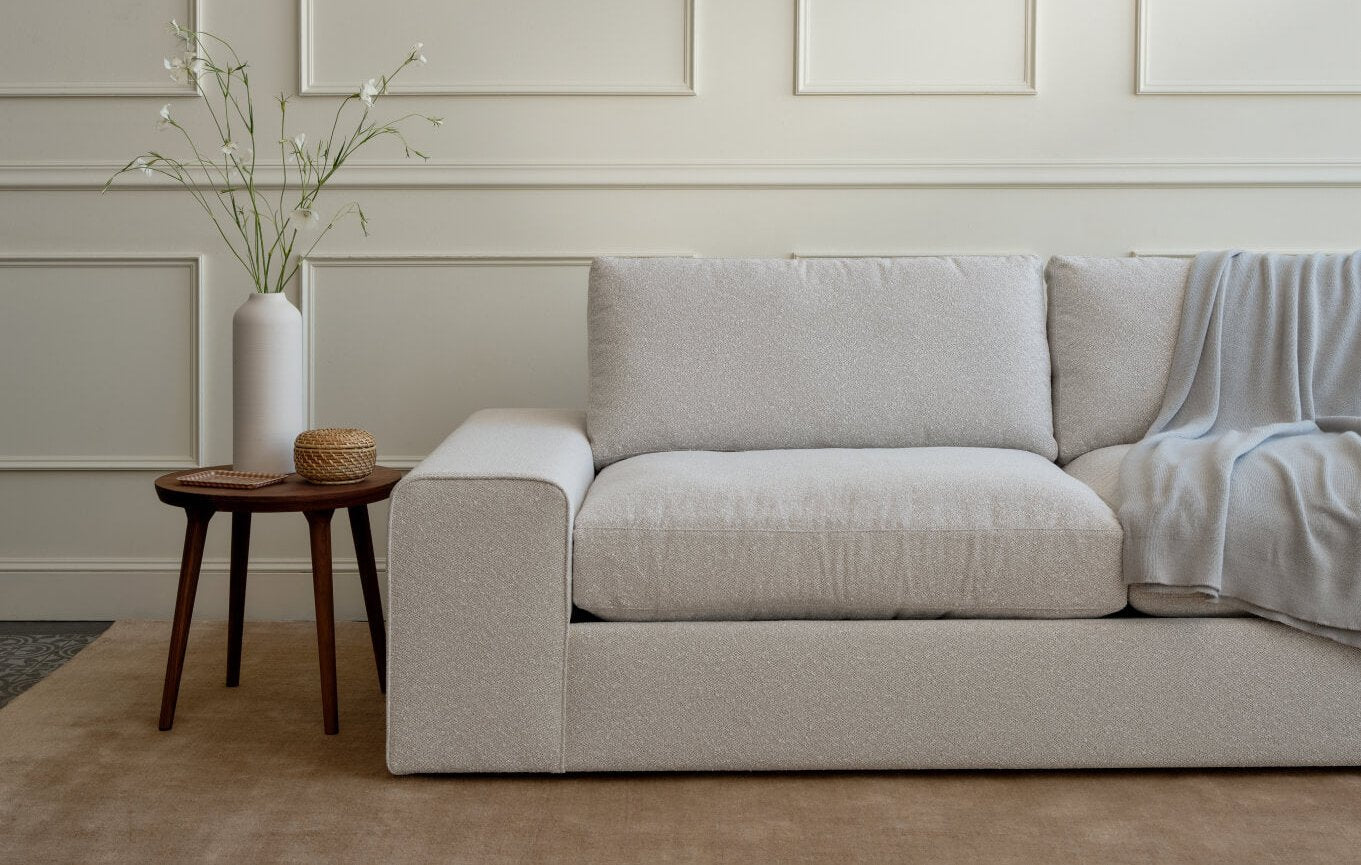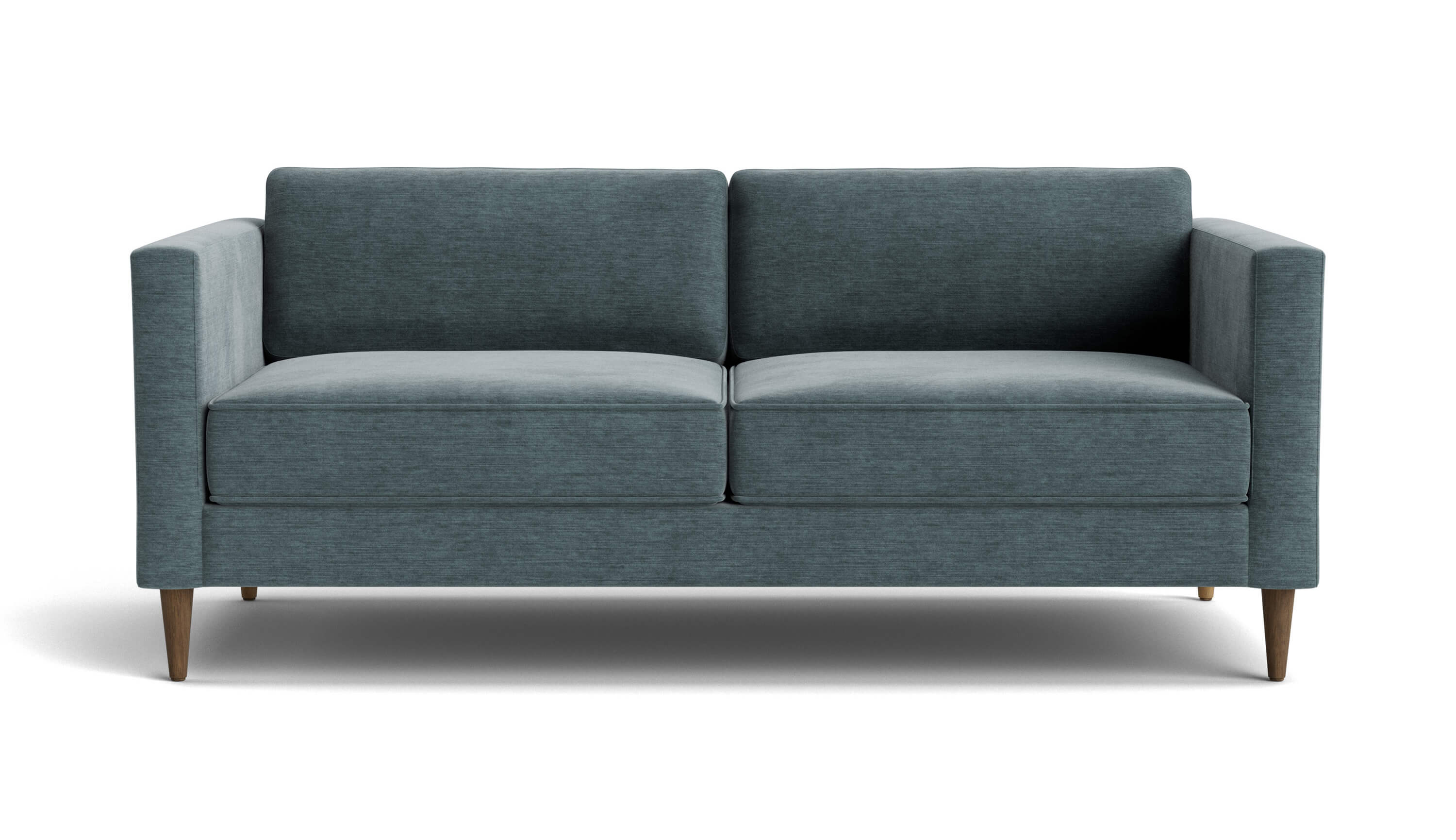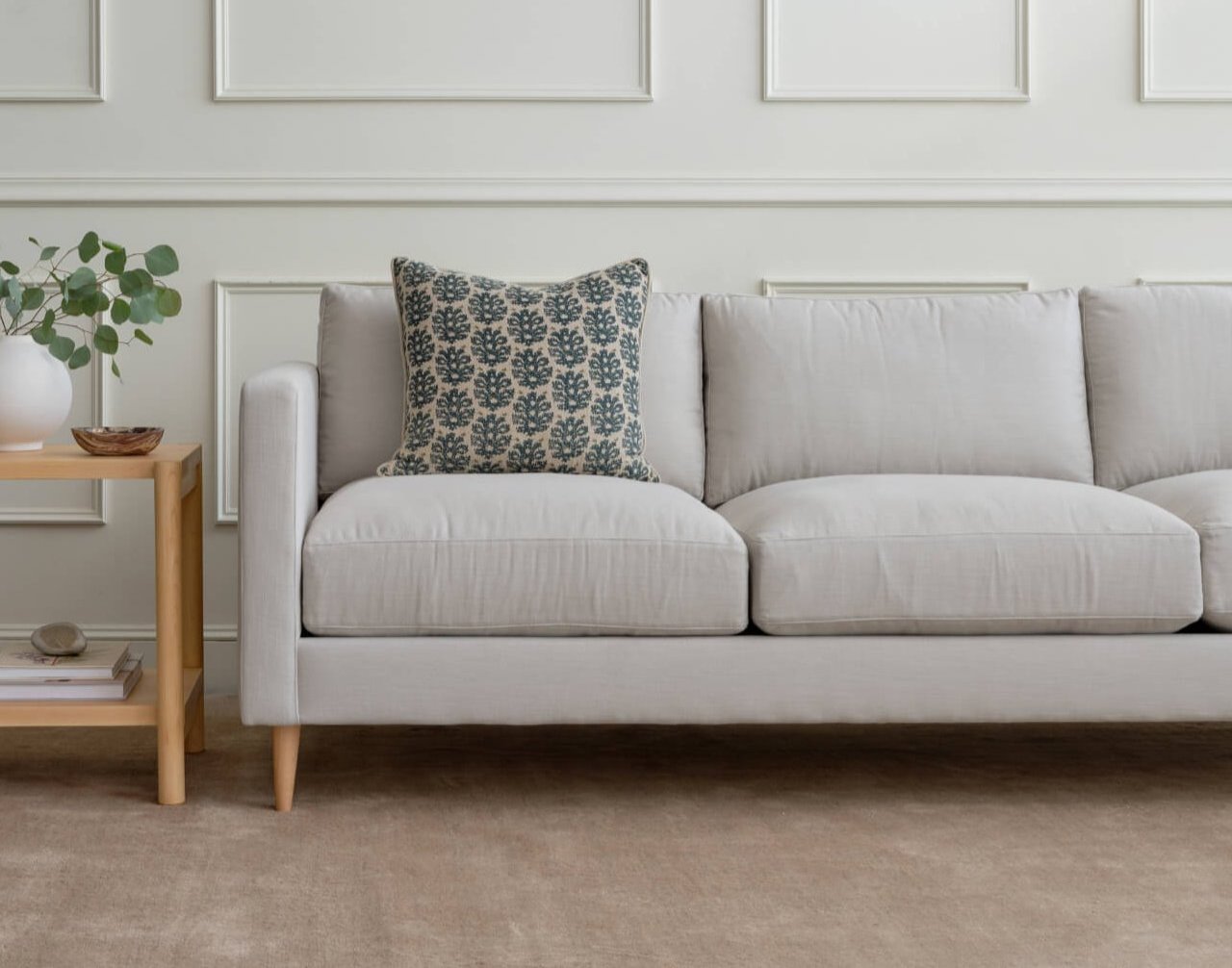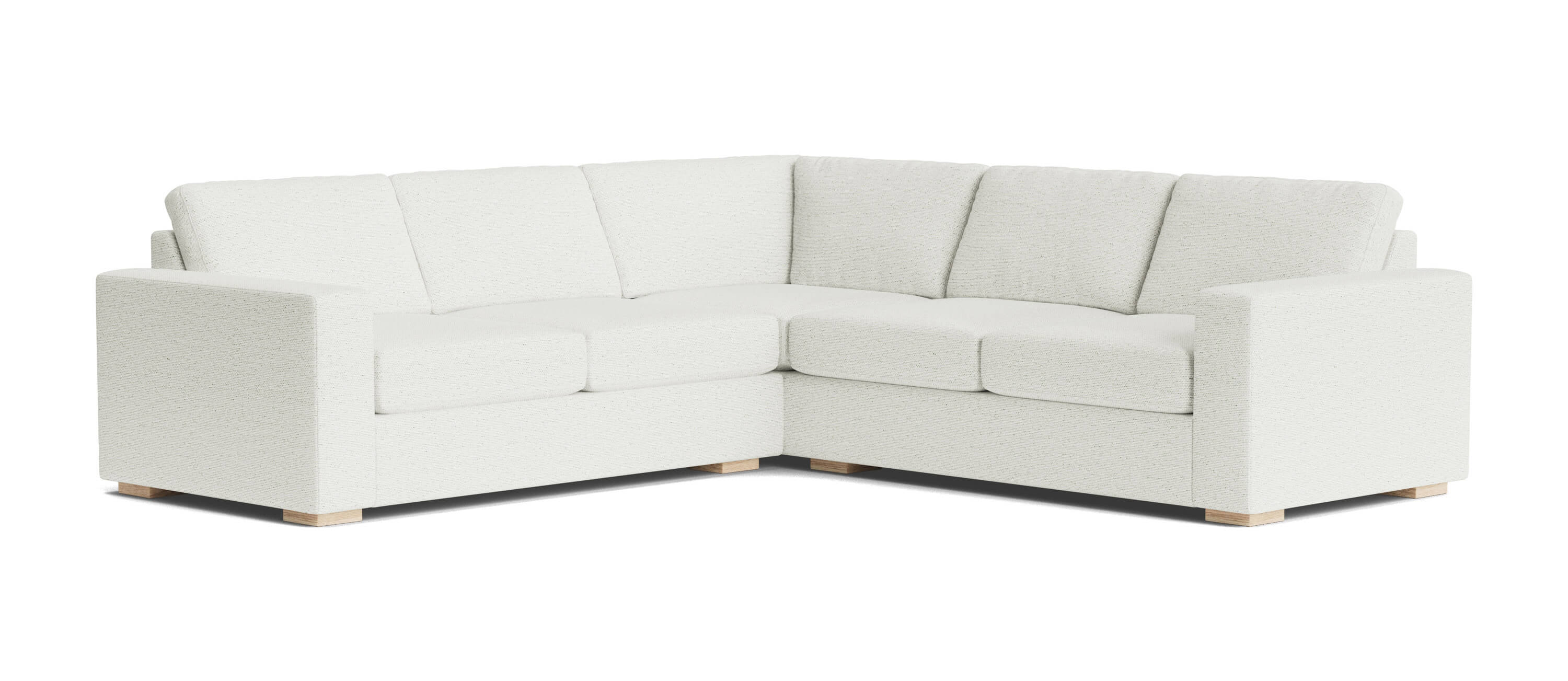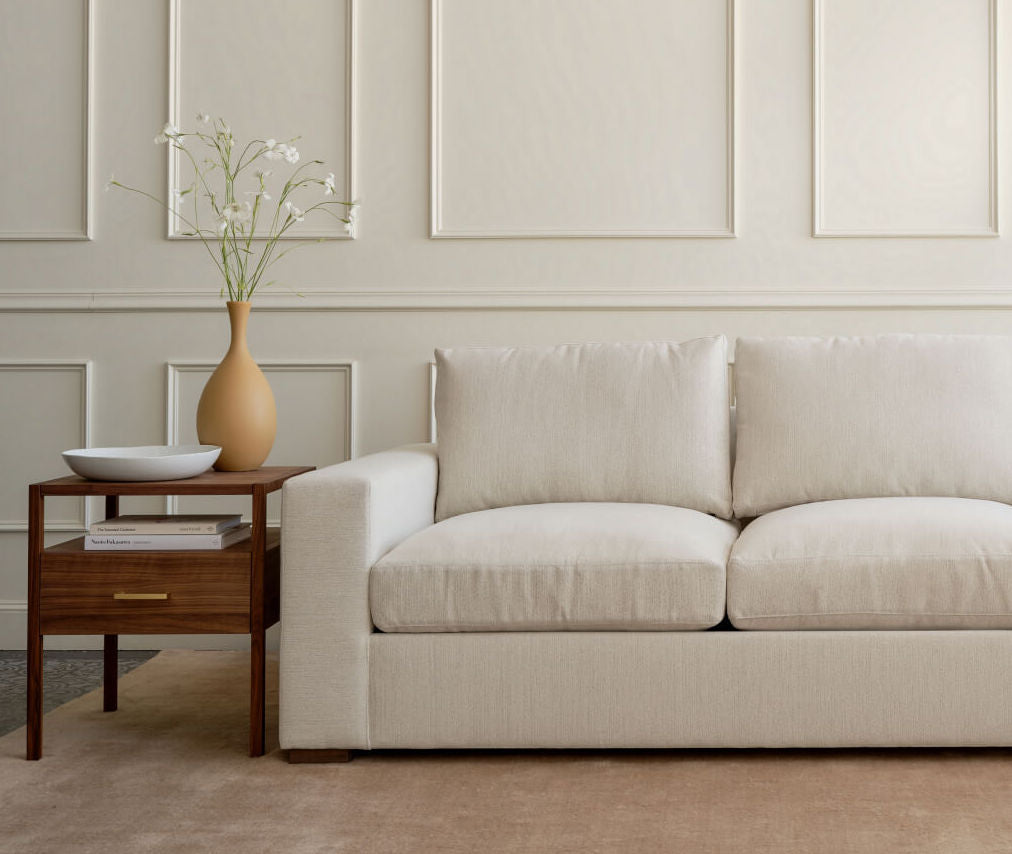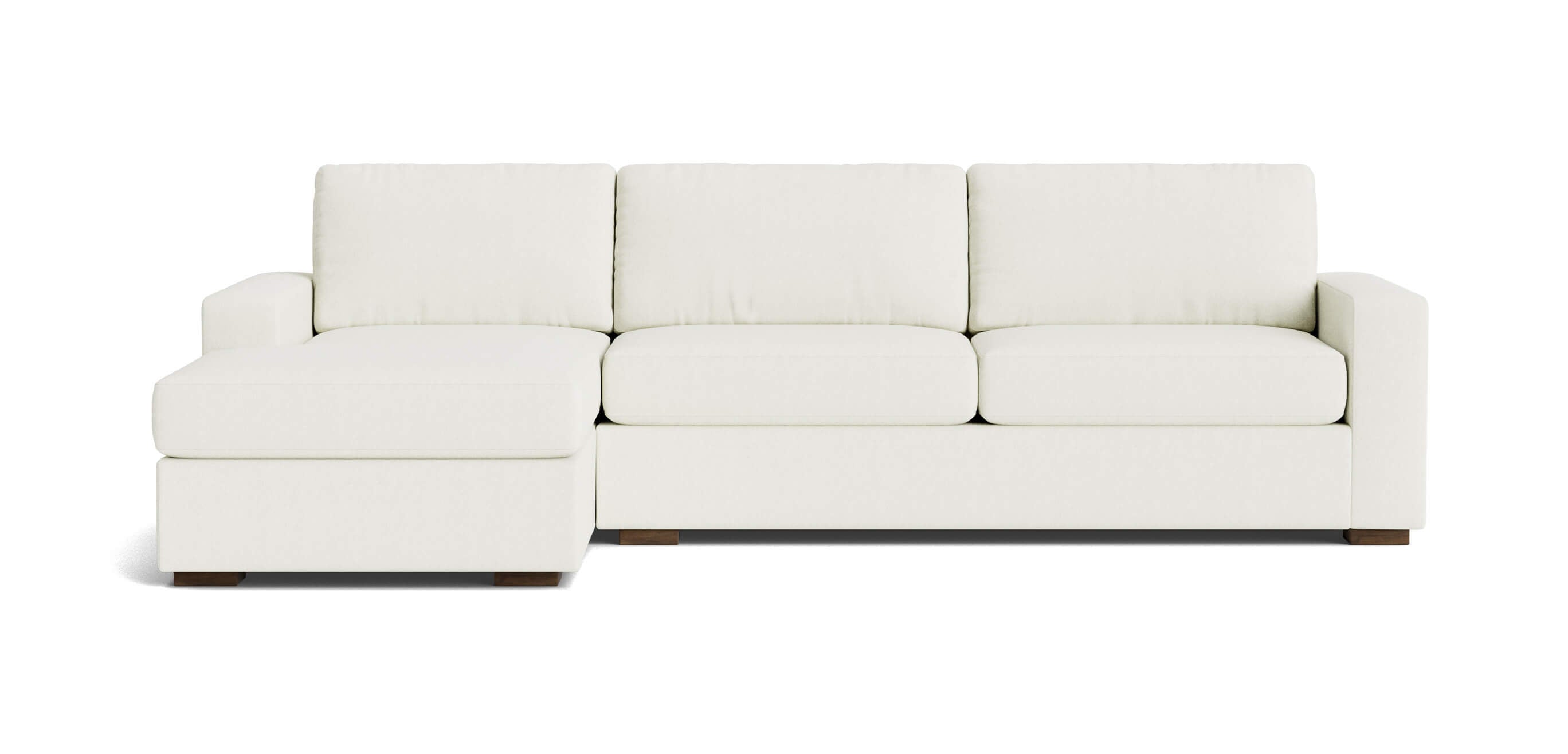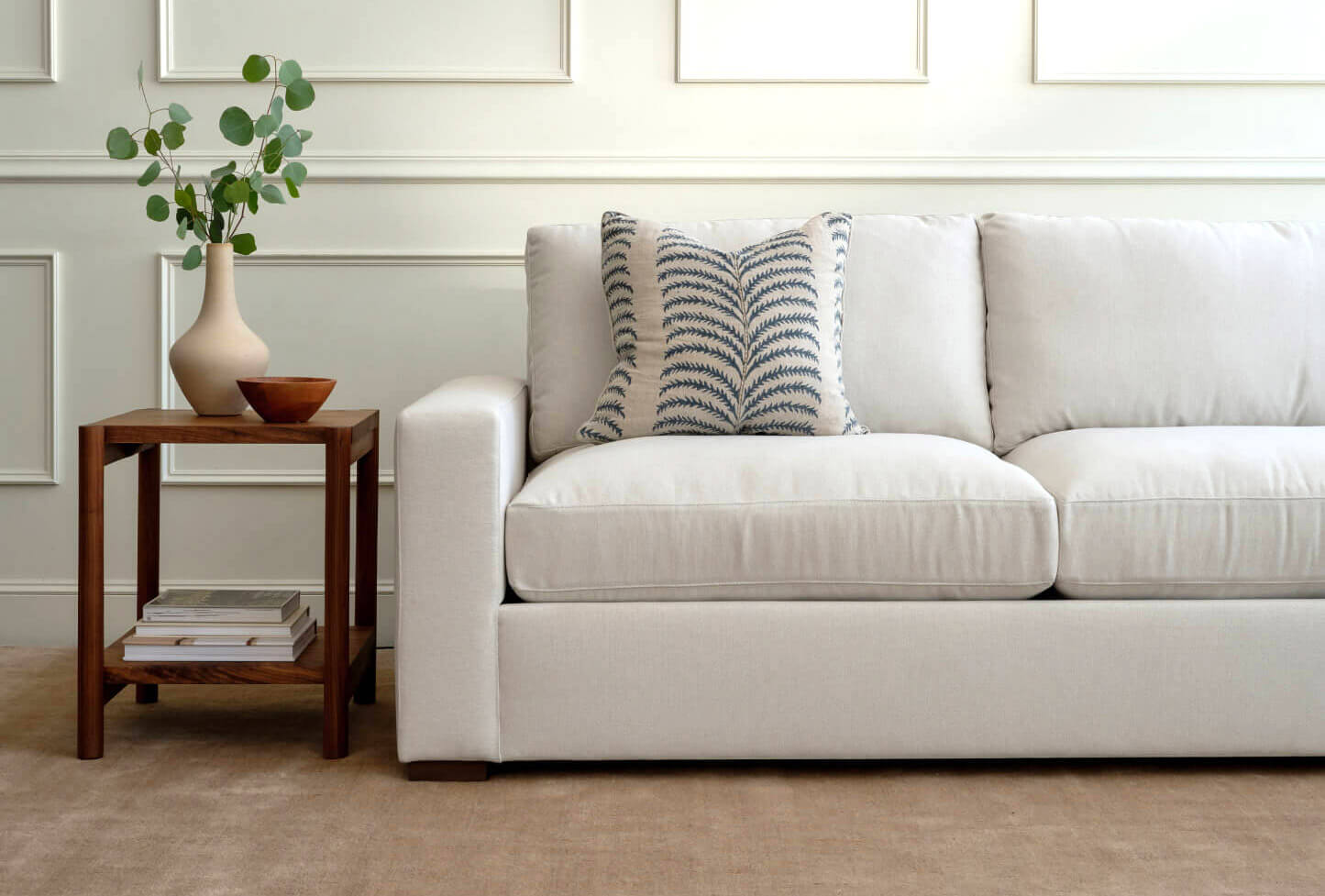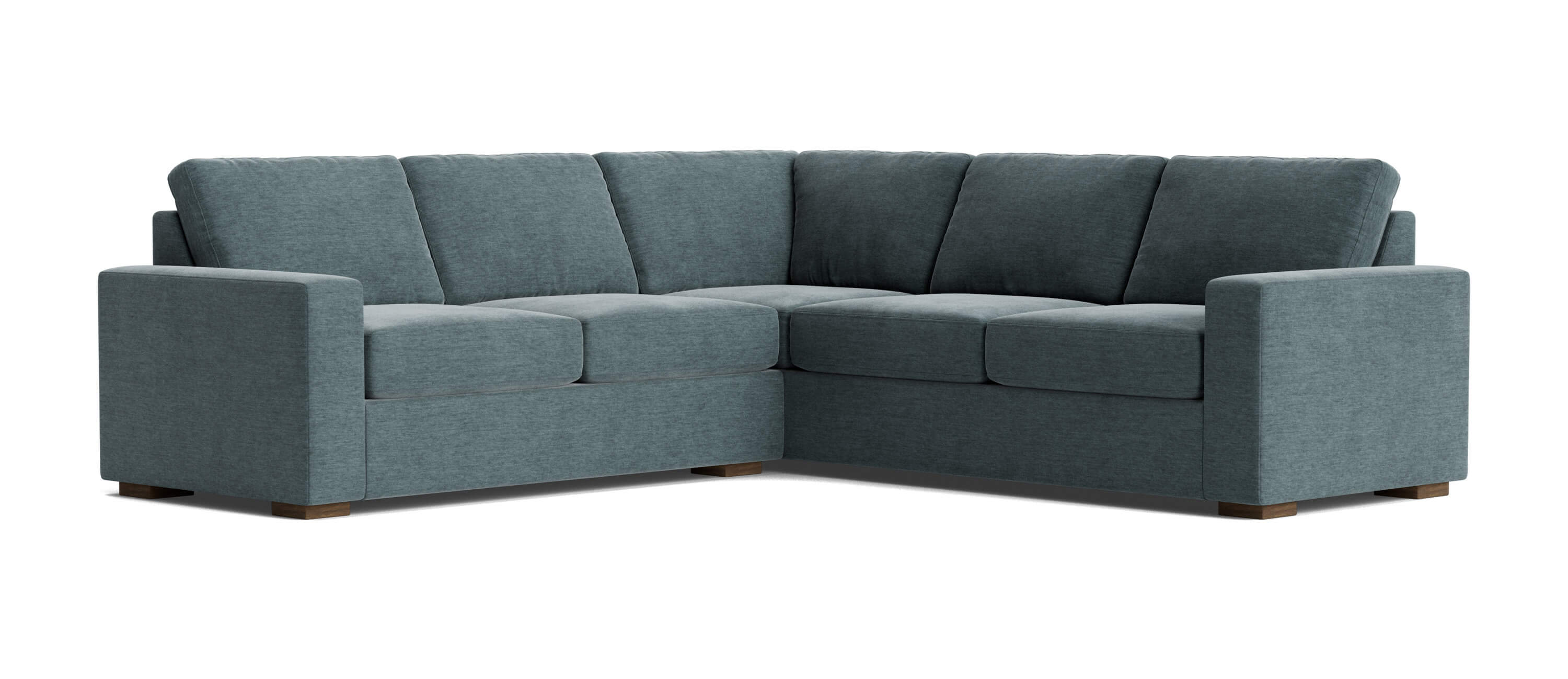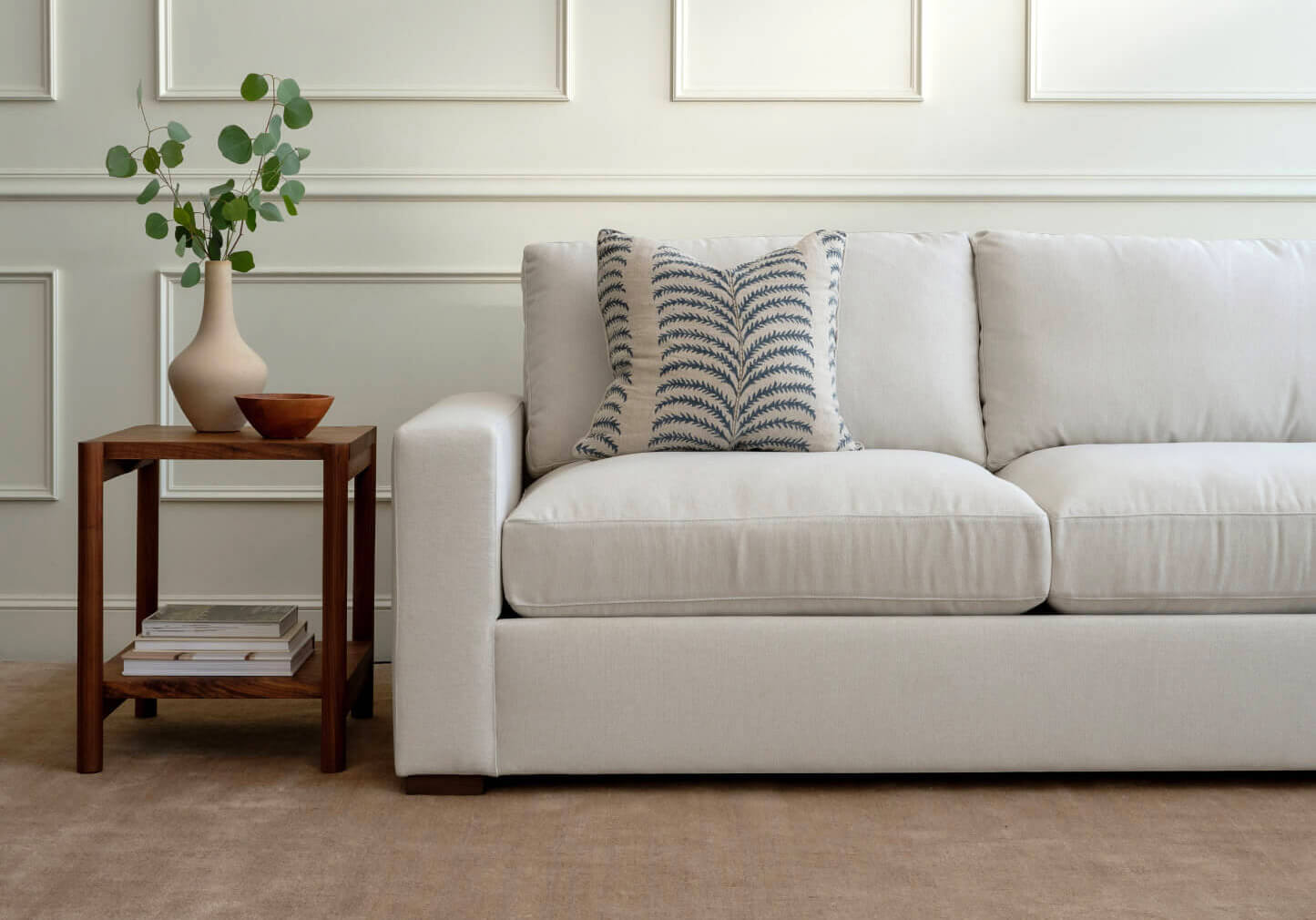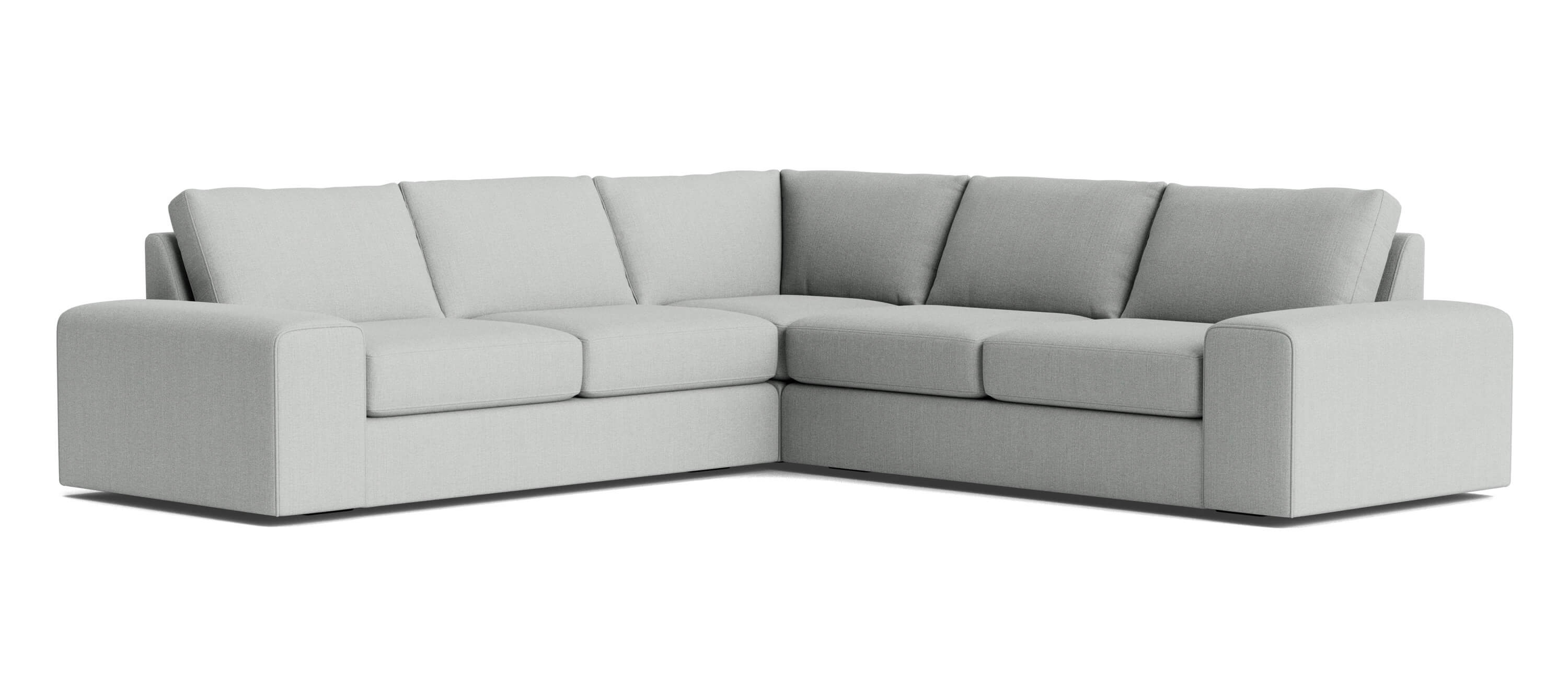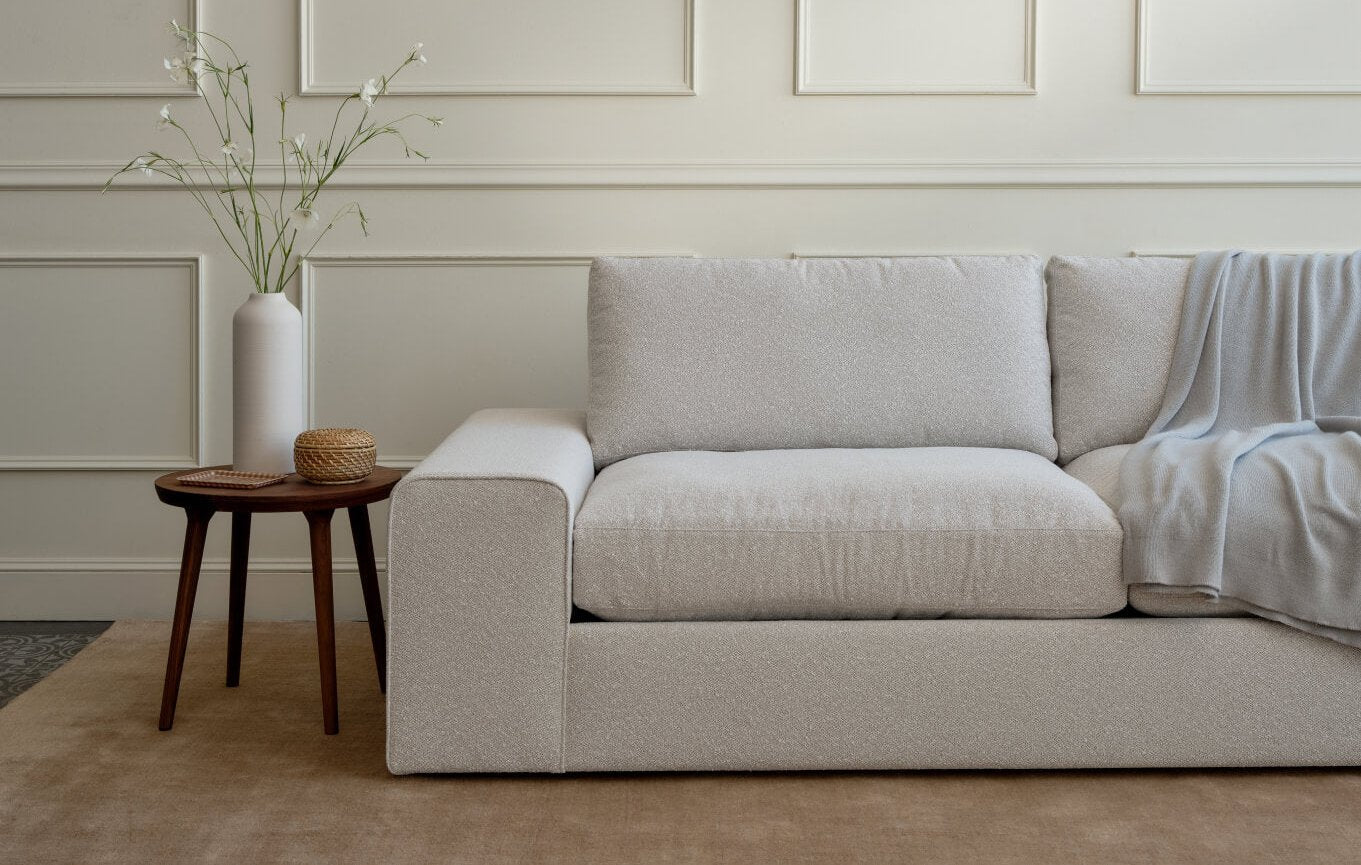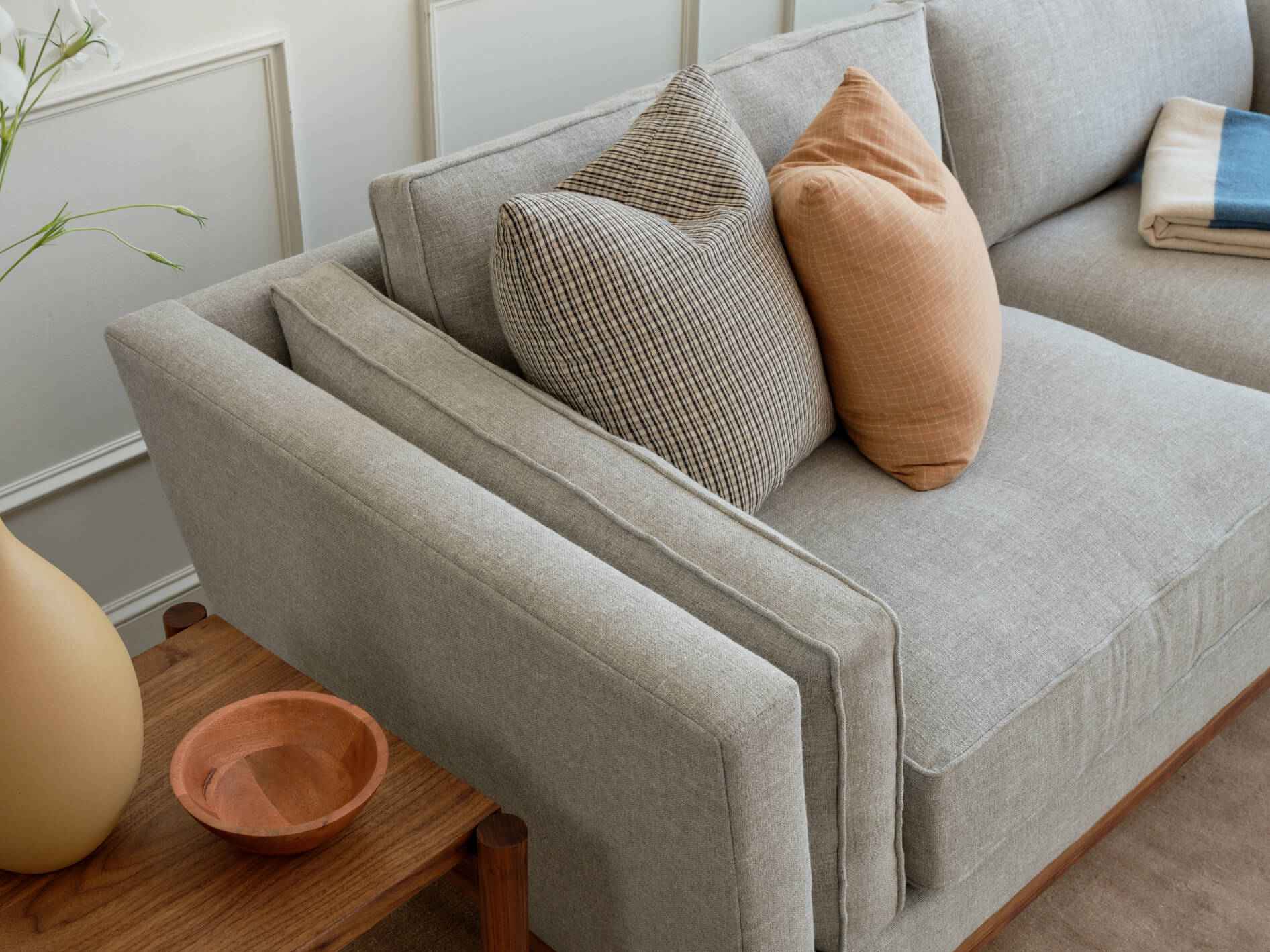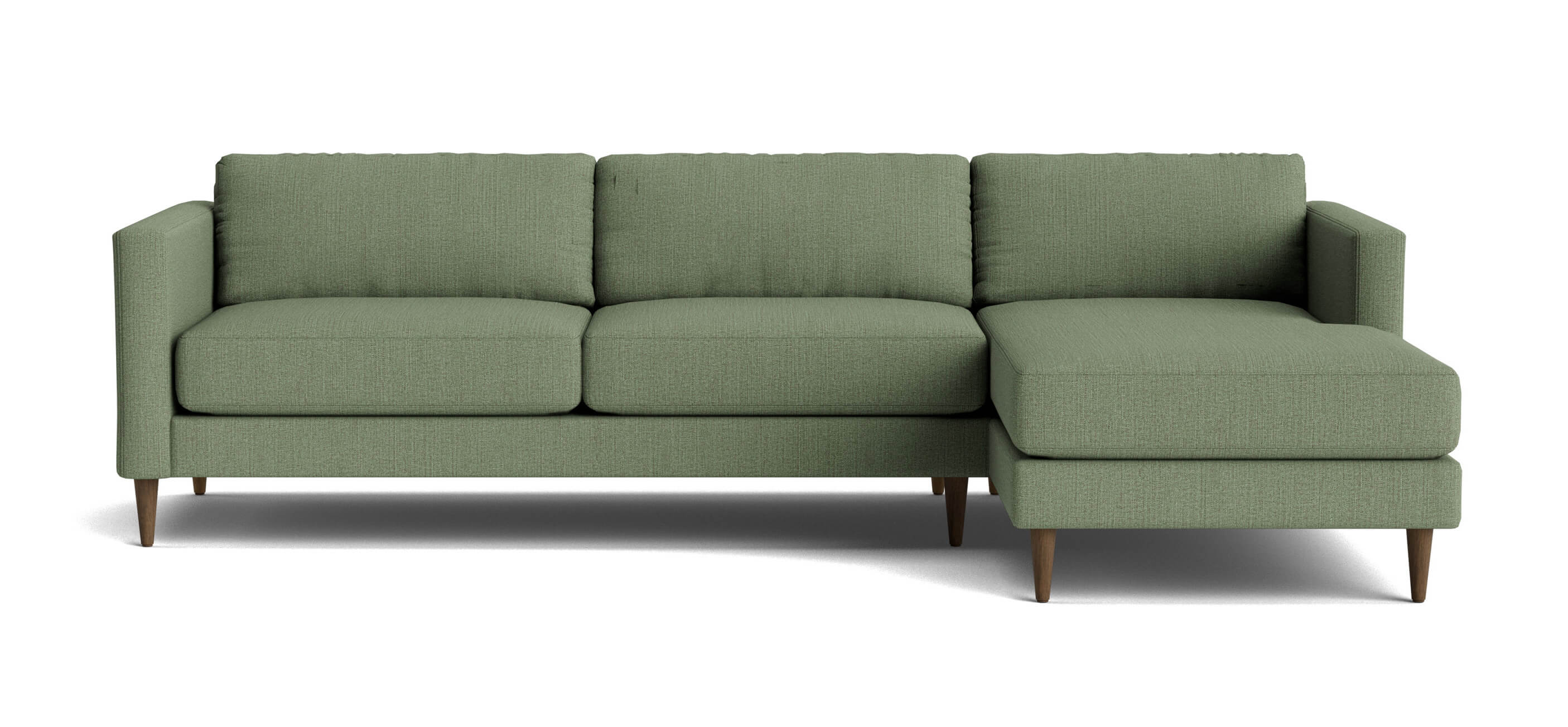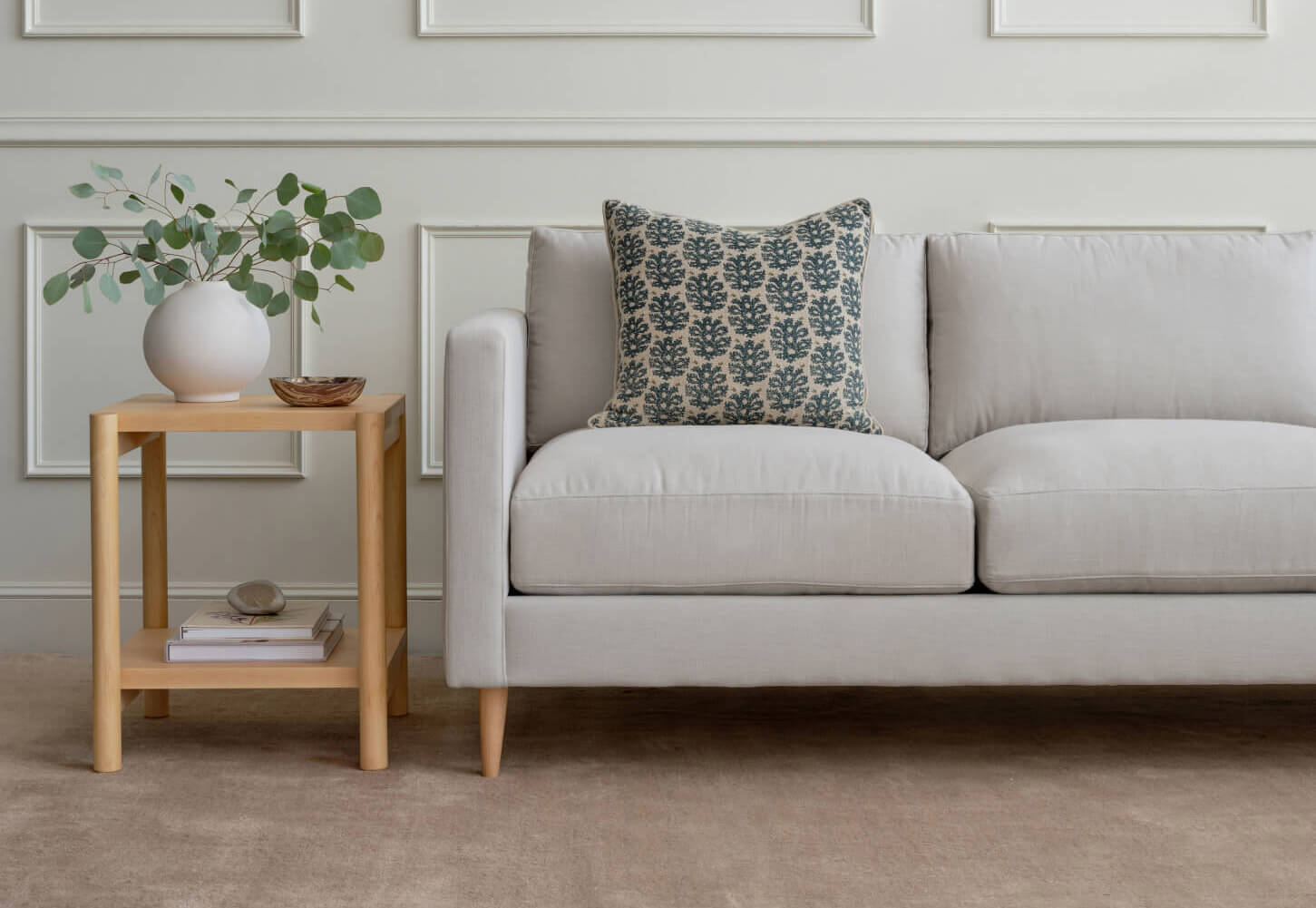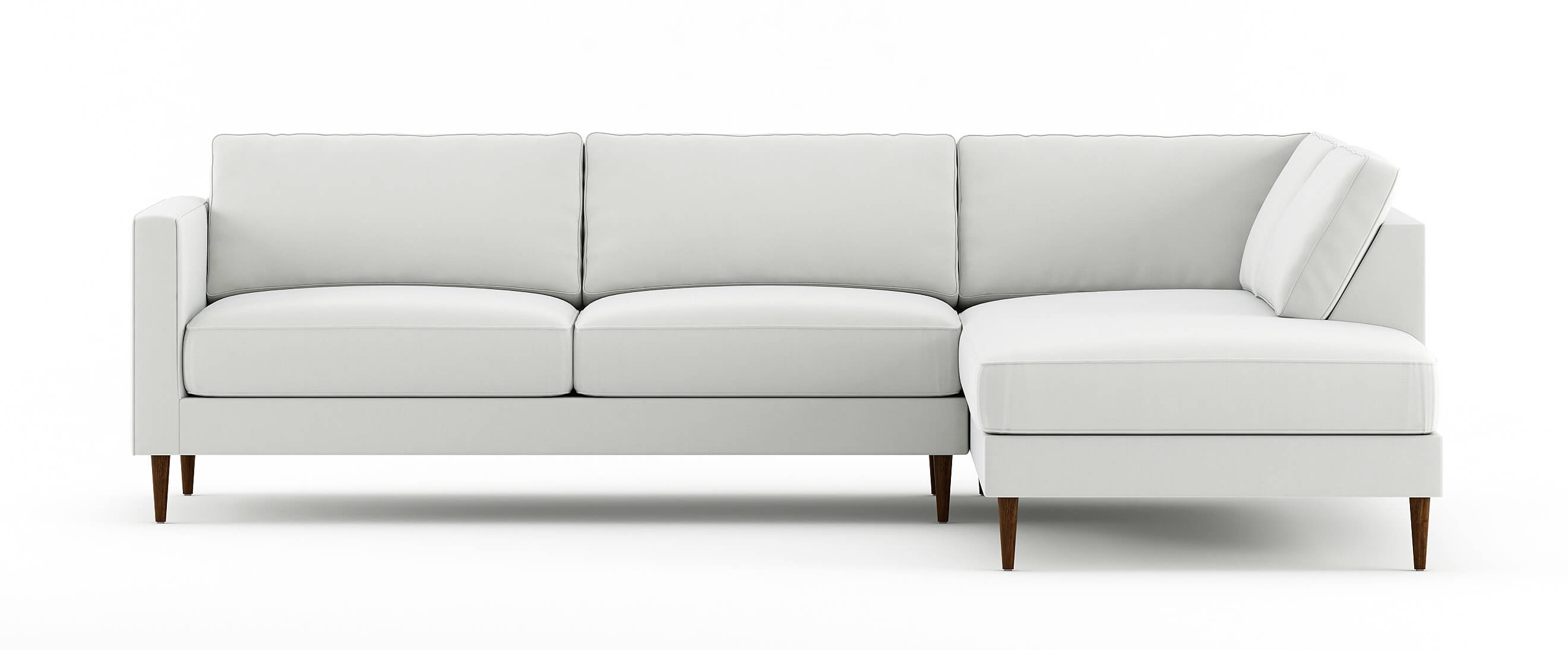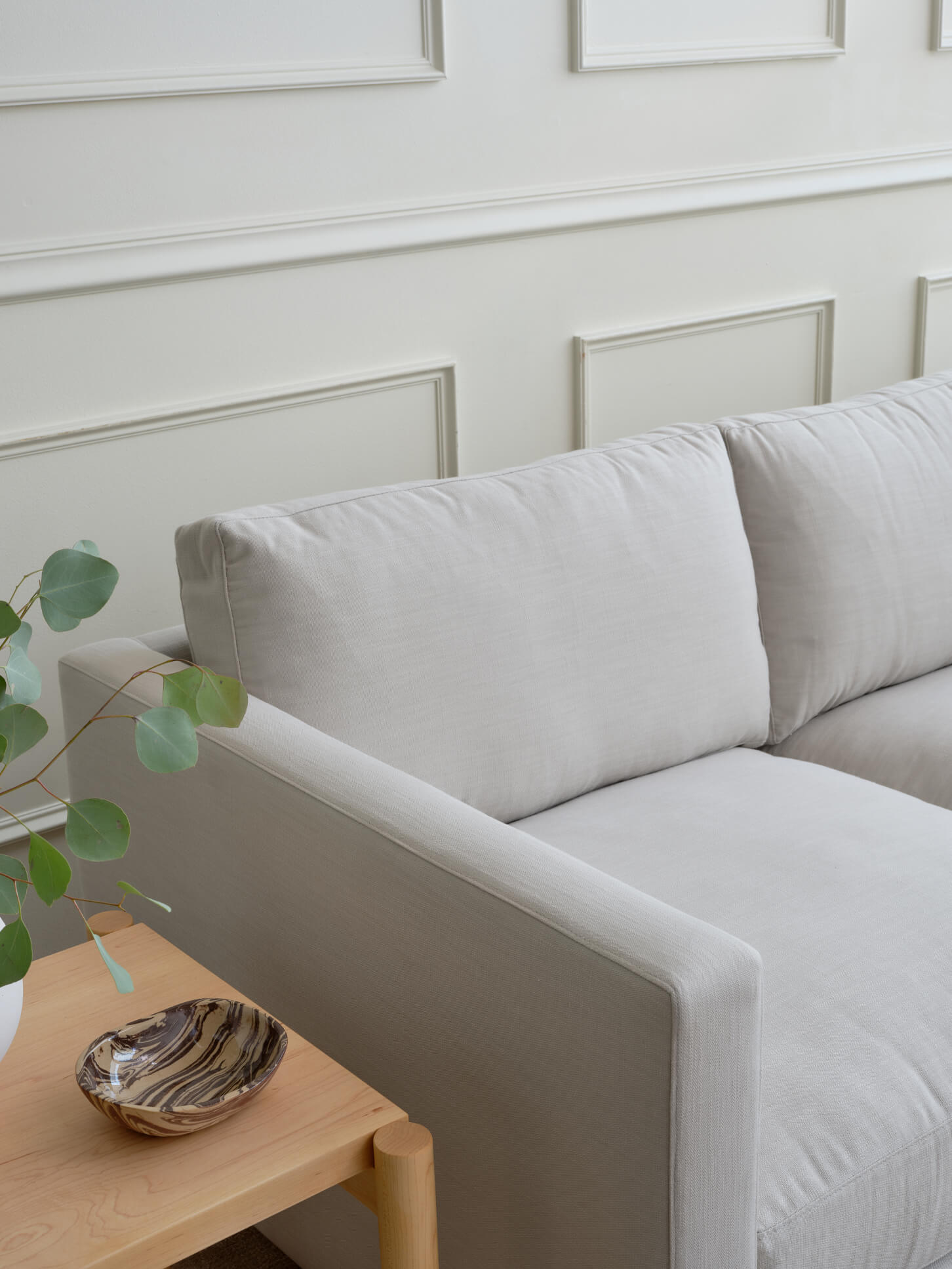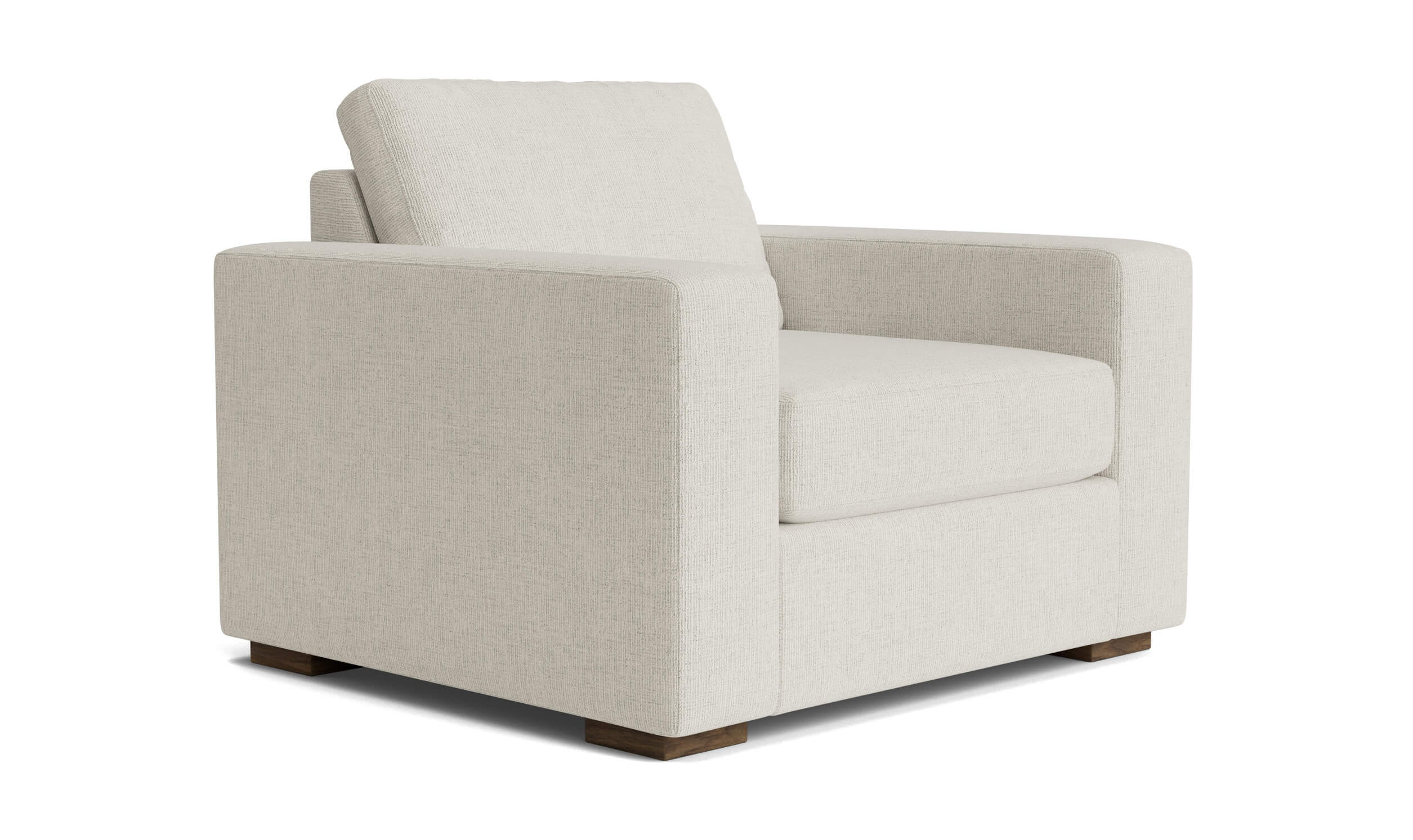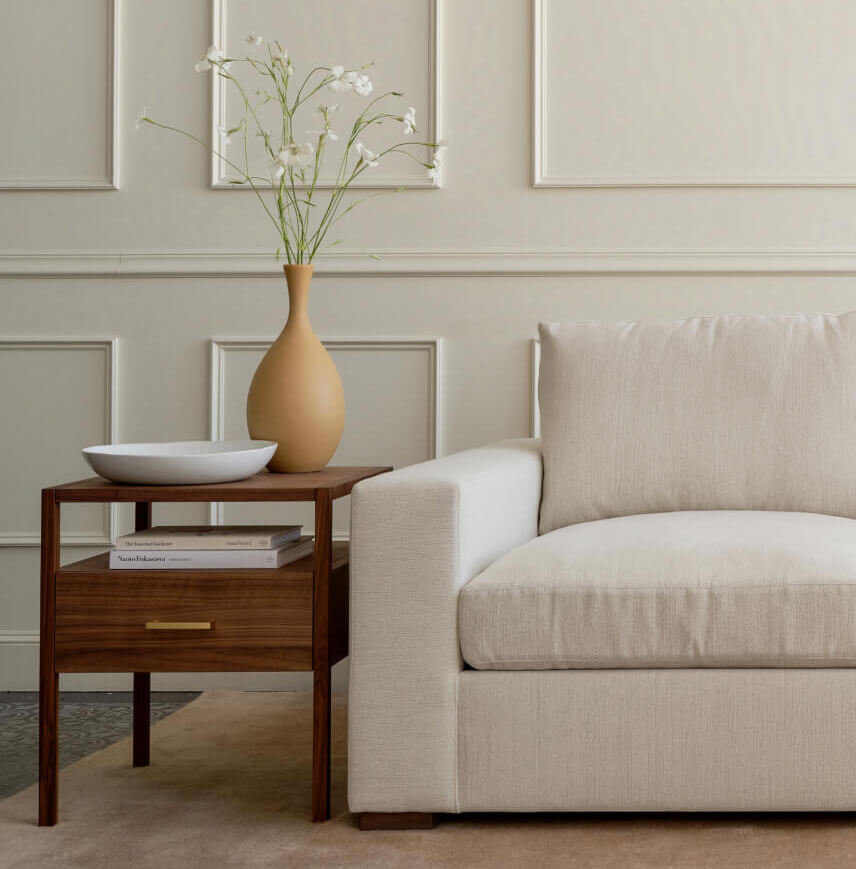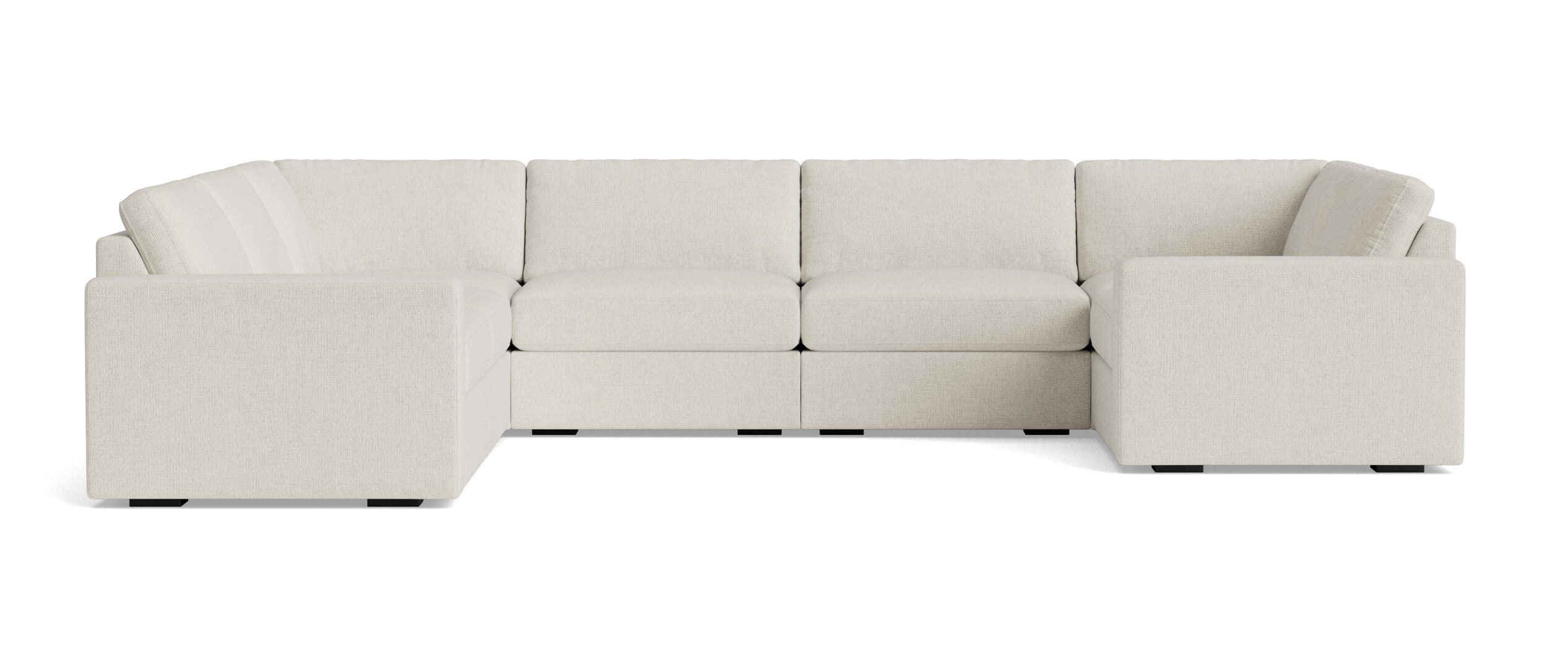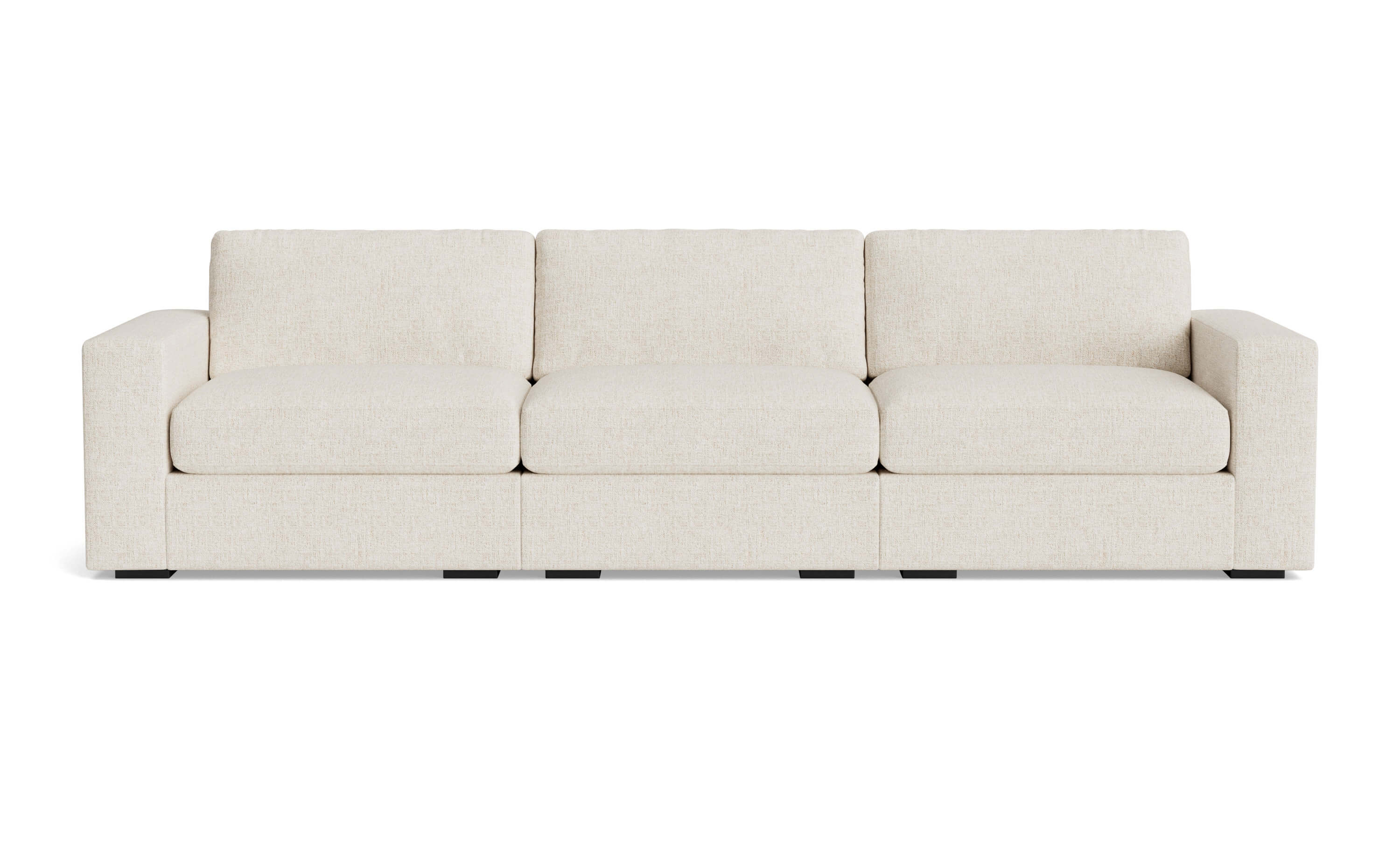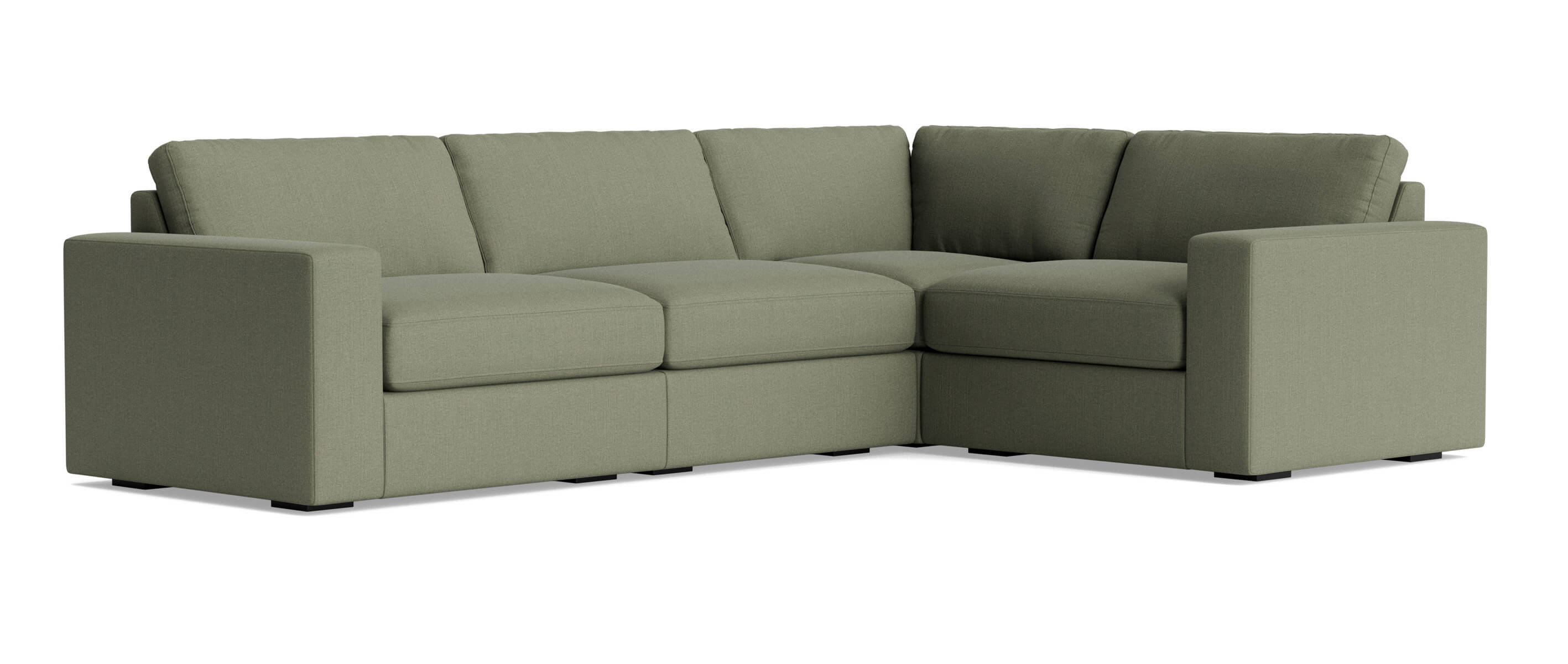When curating your perfect sleep sanctuary, many factors come into play, from mattress quality to room temperature. Don't forget bed height! If you're shopping for a new bed, you’ve likely considered which styles and colors you like—but getting the right height will also have a big impact on the way your sleep space feels. If you’re unsure which bed height is best for you, we've build this breezy little guide to help: sweet dreams ahead...

Pictured: Bramo Bed in Latex + Wool
{{ theme_section_1 }}
Finding your ideal bed height
Age & comfort preferences
The ideal bed height varies by person and depends on how tall you are, what stage of life you’re in, and your comfort preference. If choosing a bed for a child, consider that younger kids may want a bed that’s lower to the floor because they’re small. Similarly, seniors or adults with mobility issues may benefit from having a bed at a "standard" height that makes getting in and out easier.
Finding your standard height match
To determine if your current bed is a "standard" height for you, sit on the edge of your bed and notice how your knees fall. If your feet dangle, the bed may be sitting too high for you to get in and out of comfortably. If your knees bend toward your chest with your feet on the floor, it’s likely too short. We’re looking for that 90º Goldilocks position – somewhere in the middle, with your knees aligned with your hips. If you can sit down and rise easily without needing to push yourself up with your arms, that's a great, standard bed height. For most people, this is about 16”-24” off of the ground.
No bed to test? No problem
If you don’t have a bed to test, or want to see how other heights feel, look around your home for sofas, benches, chairs, and stools at different heights. First, find a standard, 18-inch dining chair and sit down: this is the typical height of a low-standing mattress or platform bed. If you can sit and stand comfortably, that’s a good height to consider. If that feels too low, try a 22" or 24" chair or stool. Does this feel like you’re scaling a mountain just to sit down? If so, then it might be too tall. Remember that the softness of your mattress will make it more difficult to maneuver in and out of, too.
Matching your mattress height

Pictured: Organic Natural Latex Mattress
A too-short bed with a too-tall mattress won't feel right. Conversely, a too-short mattress that gets buried in the deep frame of a bed will feel strange! If you're looking to achieve an average 25" bed height and your bed frame is 14" tall, look for an 11" mattress. Most mattresses sit at around 10"-12” tall, but that can vary. Pillow top mattresses are often slightly taller, while some boxed mattresses or foam mattresses are thinner.

Pictured: Pippen Bed in Latex + Wool
Finding the right bed style
Finally, let’s go over the most common types of beds out there, and why you might prefer one over another:
Platform beds (6-18” off the ground)
A platform bed is a low-raised bed frame that usually sits around 6-18” off the ground. They typically feature slats, eliminating the need for a box spring or foundation, and have a lower profile compared to other types of bed frames.
Some styles support a mattress level to the edge of the bed (like our Buden Bed), or contain a mattress in a more cozy, sunken-in fashion, like our Nein Bed.
If your home has lower ceilings, or if your bed will be in a loft or attic, a platform bed will be a great choice. A lower bed gives the illusion of taller ceilings (and keeps you from hitting your head every morning when you sit up)!
Finally, while these low beds are stylish, they can be potentially uncomfortable for those with bad backs or have joint issues. Use our testing tips above to make sure you don’t invest in a bed height that doesn’t work for you.
Traditional beds (around 25” off the ground)
Standard bed frames sometimes require a boxspring and a mattress, resulting in an average height of about 25” from the ground to the mattress top.
This is usually right at knee height or slightly above for many people, making it very easy to get in and out of.
If your home has standard ceilings or taller ceilings, this bed size helps fill space proportionally. If you’re putting a bed in the guest room, a traditional bed height may be a good choice so you can accommodate anyone who stays over. But it’s really up to you and how you want to style your space.
Convertible sofas (20-21" off the ground)
Convertible sofas tend to be around 20-21” off the ground, placing them between platform beds and traditional beds. Because they double as a sofa, they are a little lower and may be more difficult to get in and out of. If your futon is primarily being used as a sofa and only occasionally as a bed, the height is not as pressing. But if you’ll be converting it every night, you may want to apply the same rules as mentioned before.
Vintage Beds (up to 36” off the ground)
Older beds, including vintage or antique pieces, tend to sit higher up, around 36” off the ground. While that adds a lot of extra under-bed storage, it may be less breezy to get in and out of if that's a consideration for you.

Pictured: Palder Bed
In conclusion
Everyone has their own preferences and, all in all, there's really no hard and fast rule to find the most comfortable bed height—our most important takeaway is to test out different heights and see what feels best. If you're considering a bed from Medley, we're happy to help answer any questions you might have: contact us at hello@medleyhome.com!


